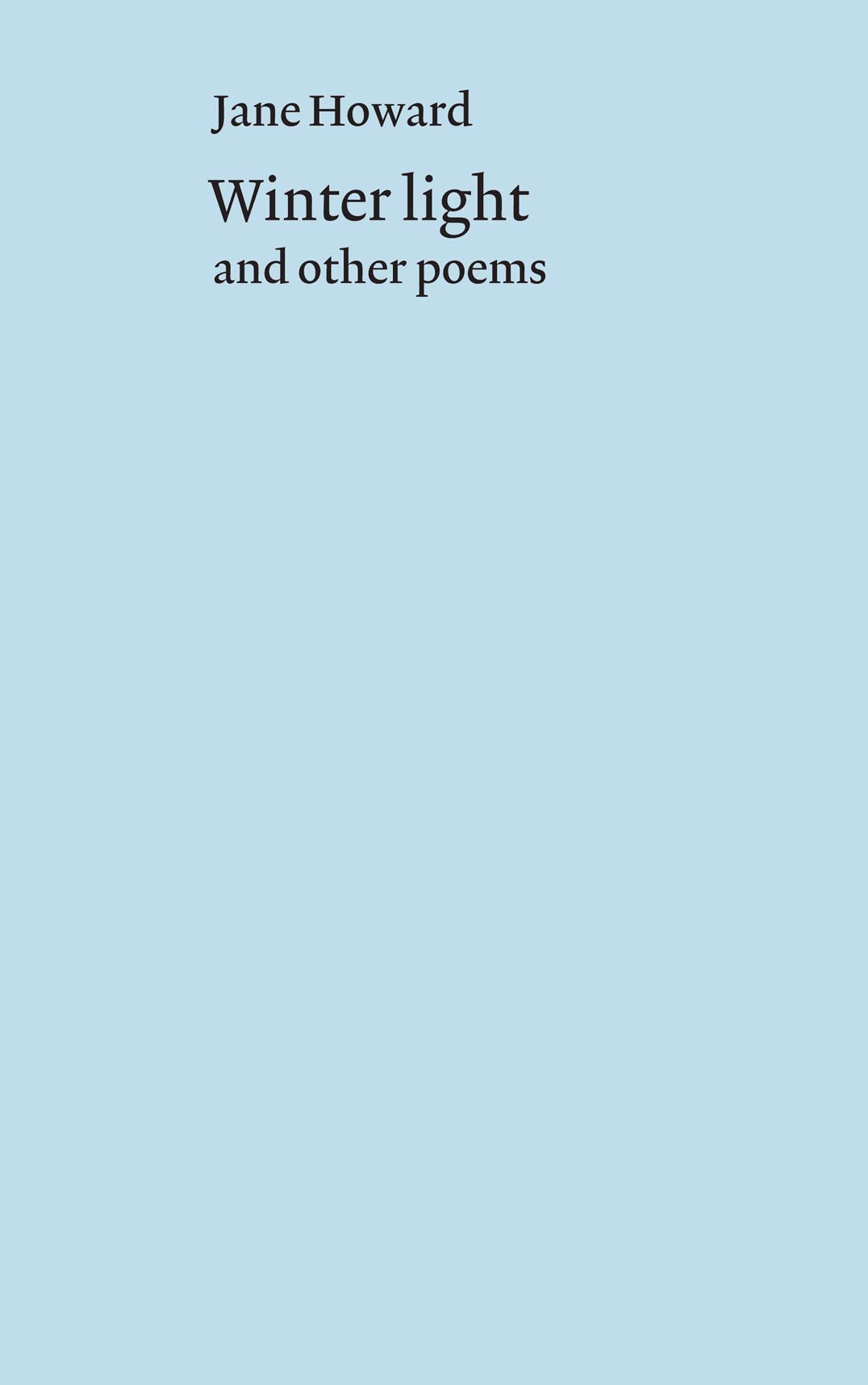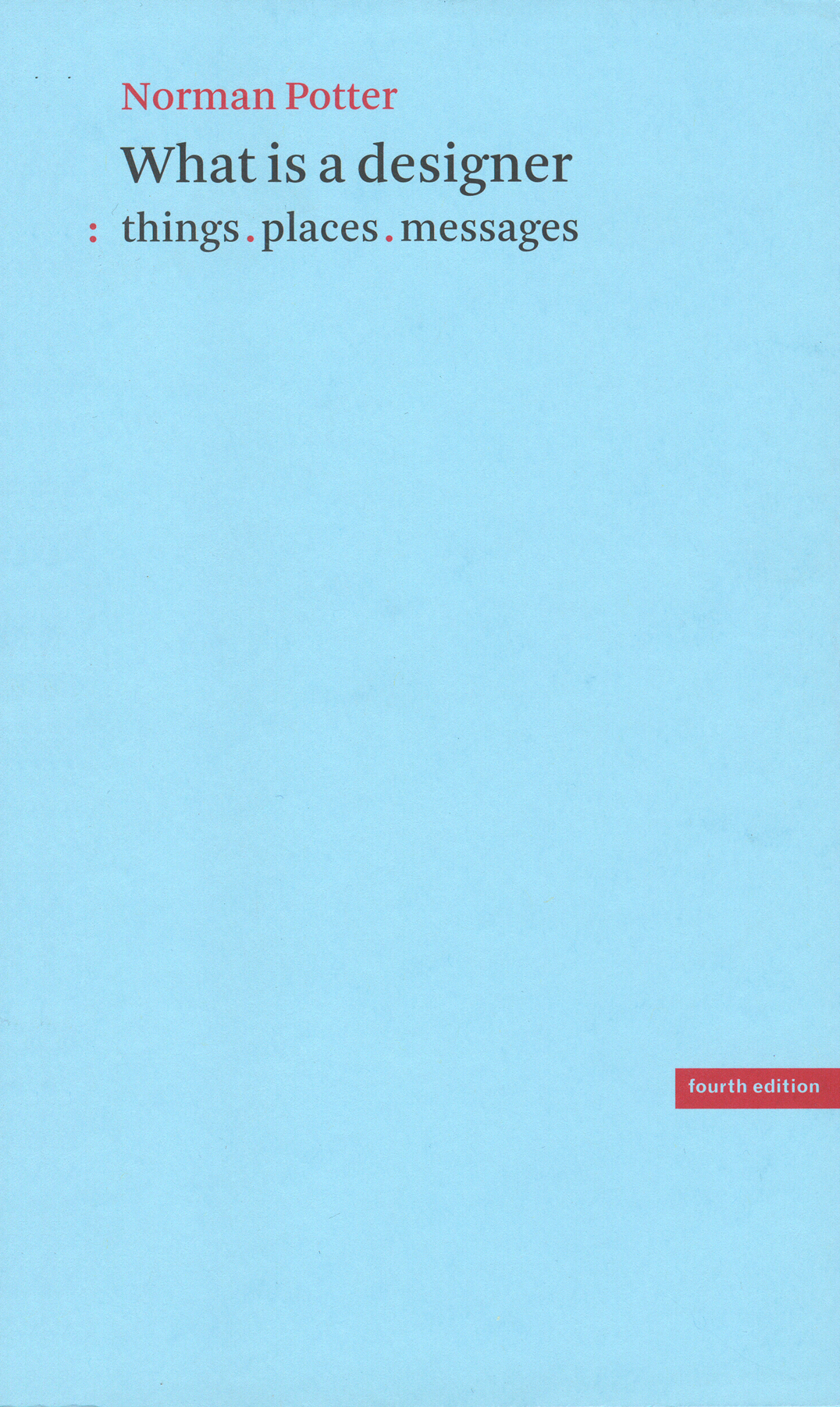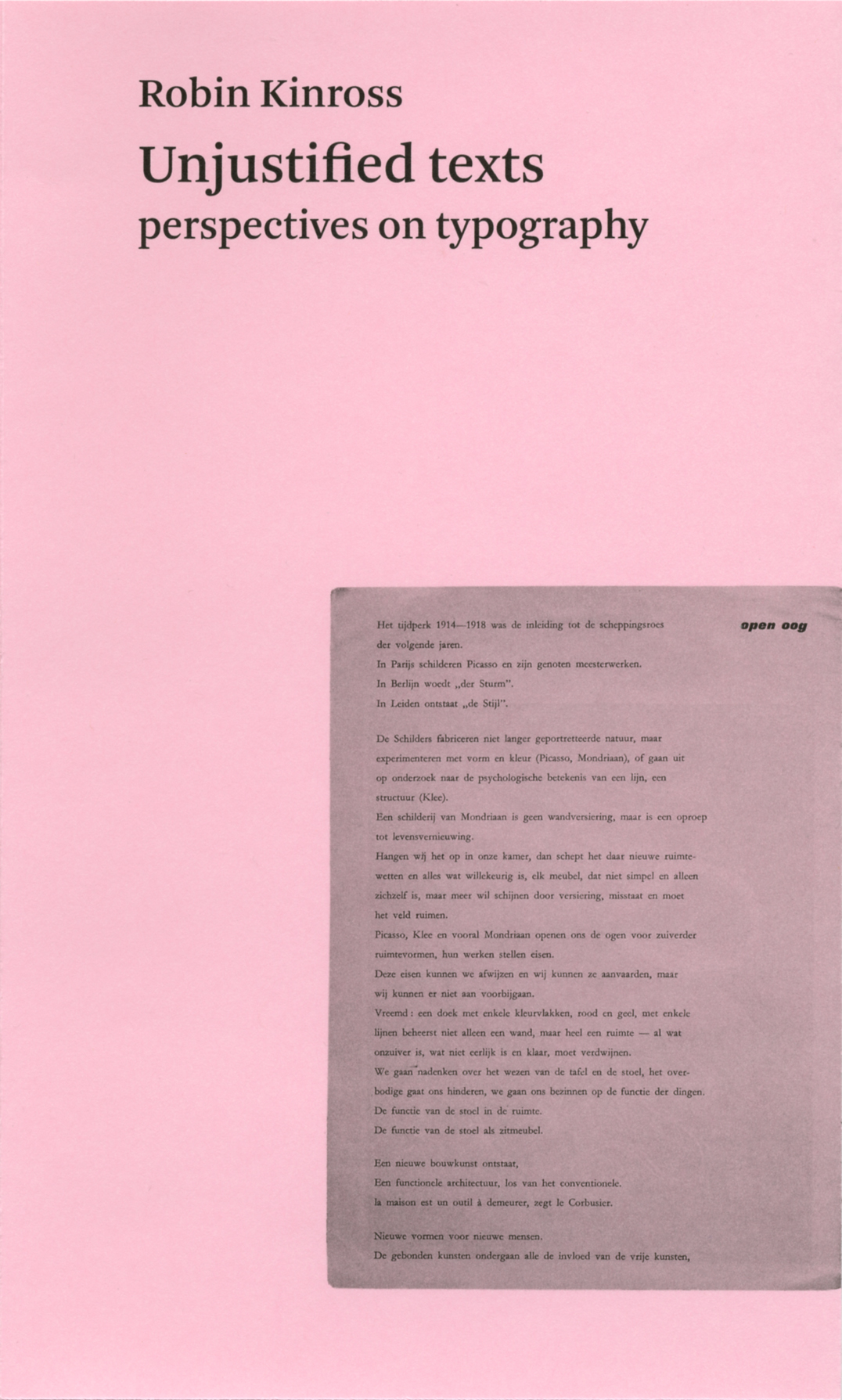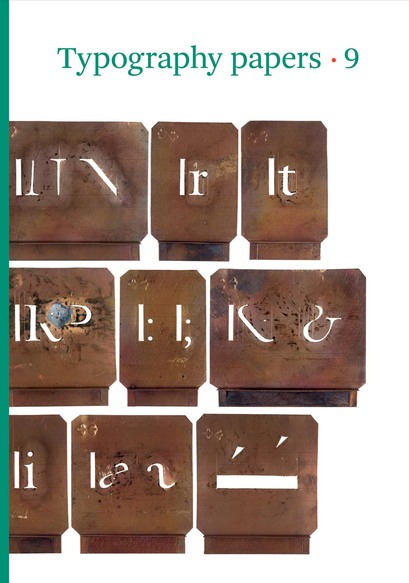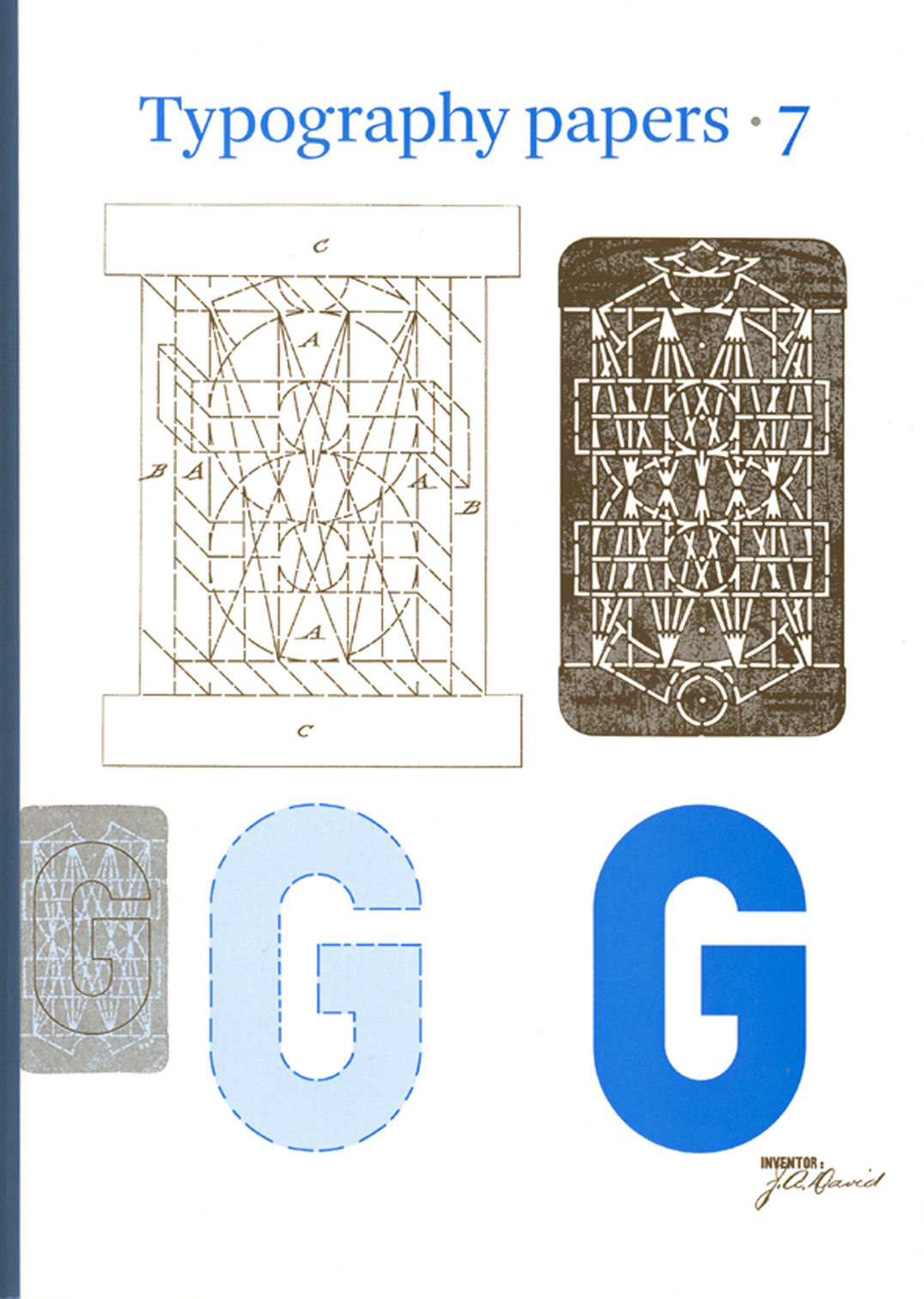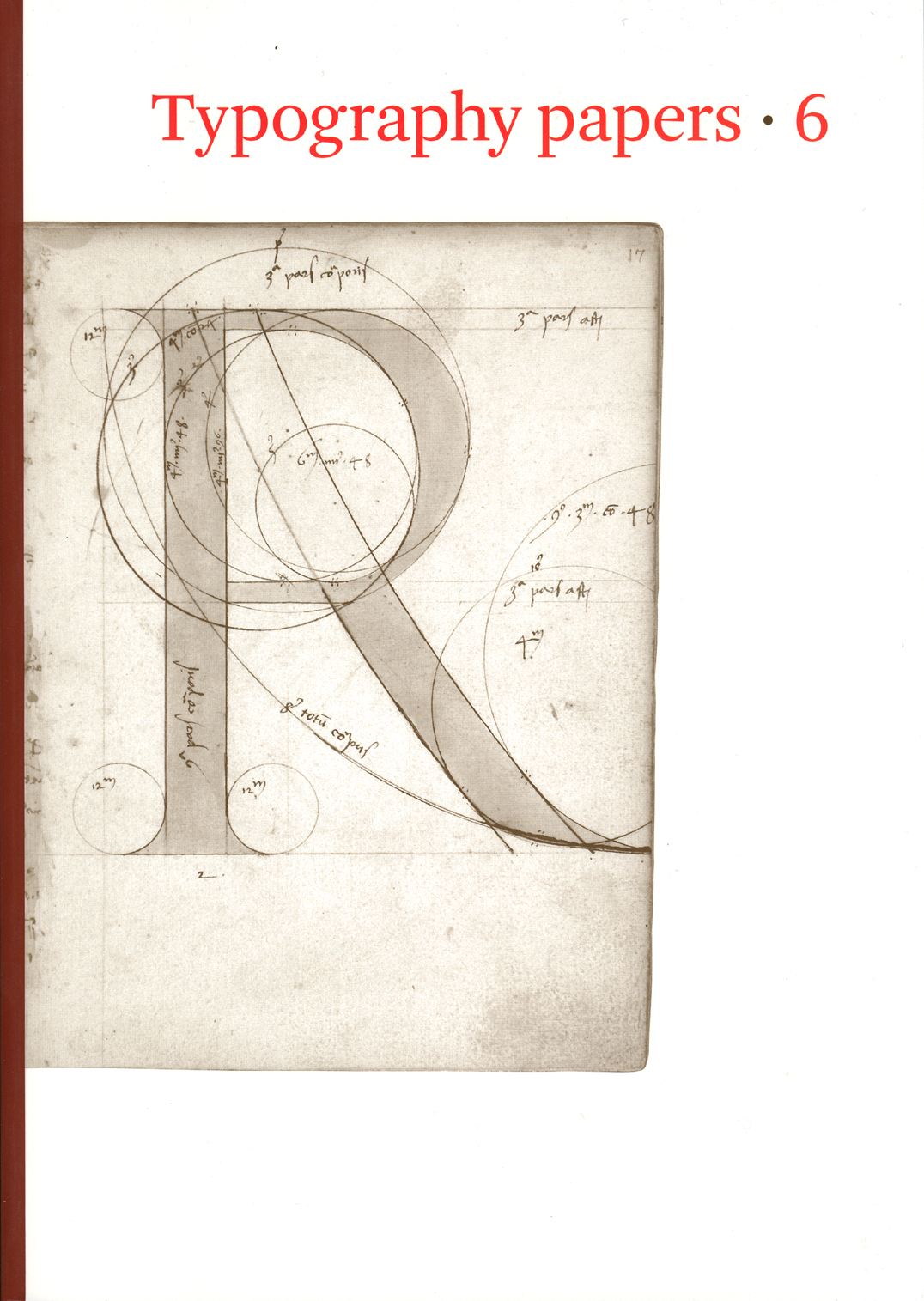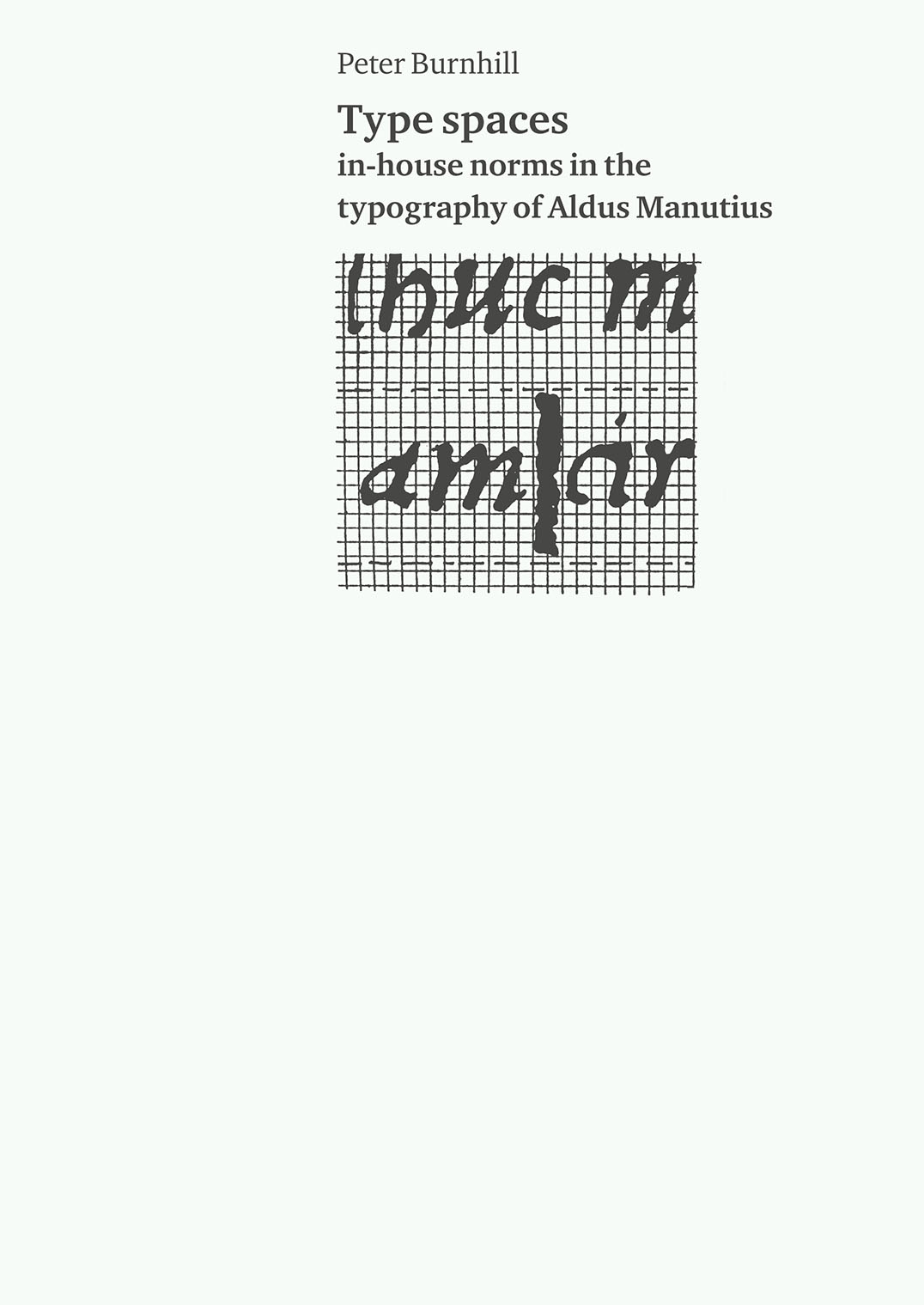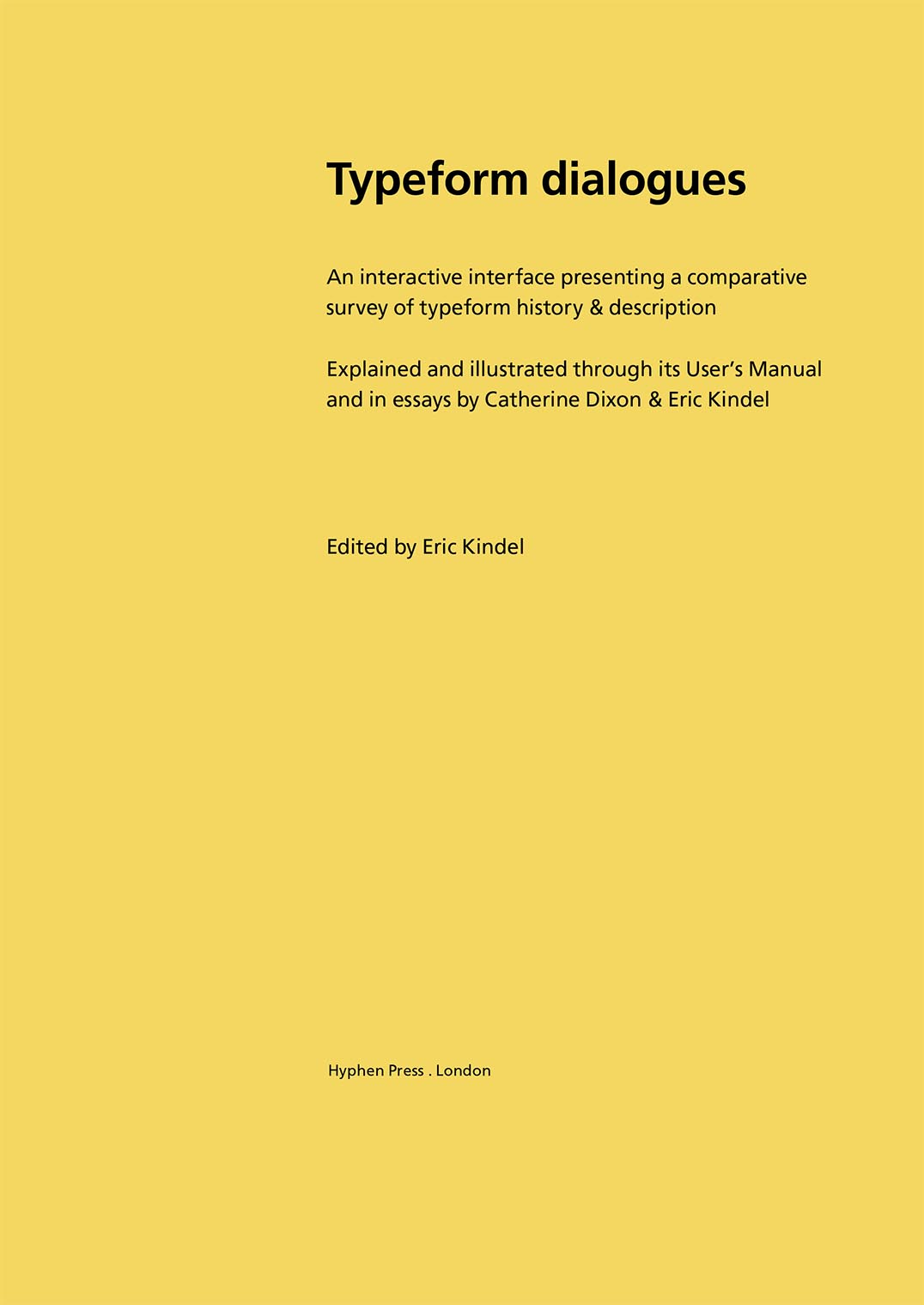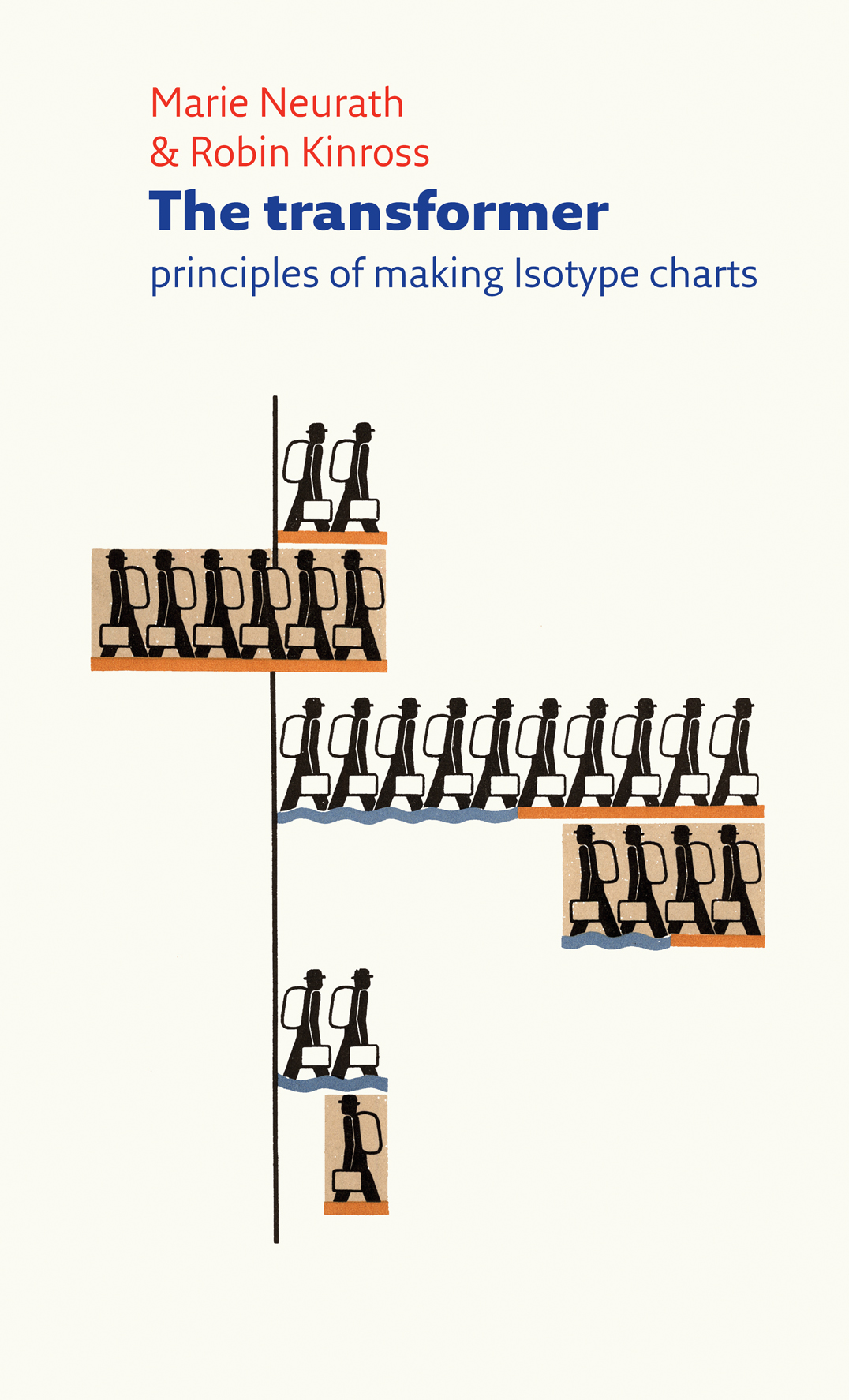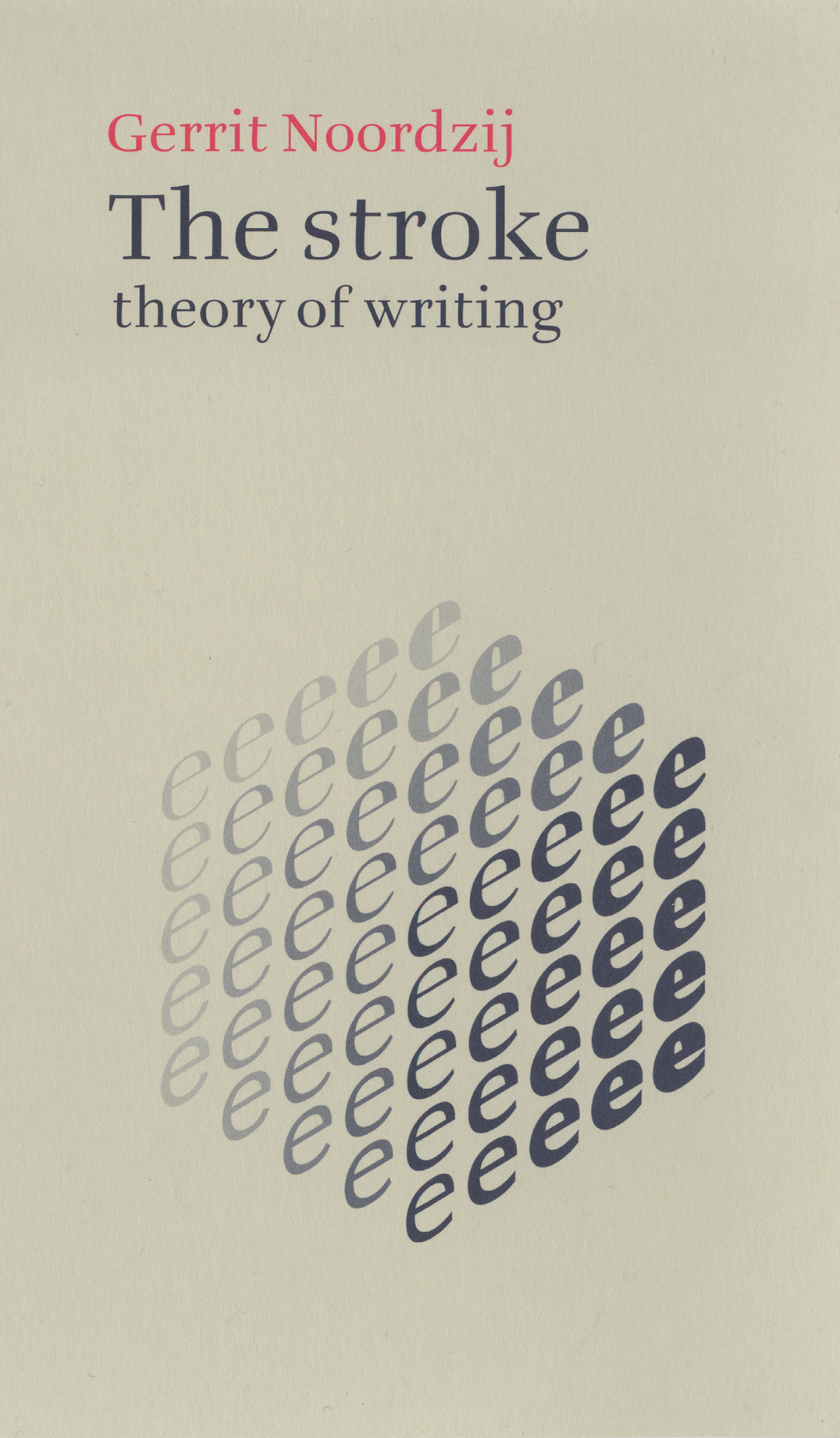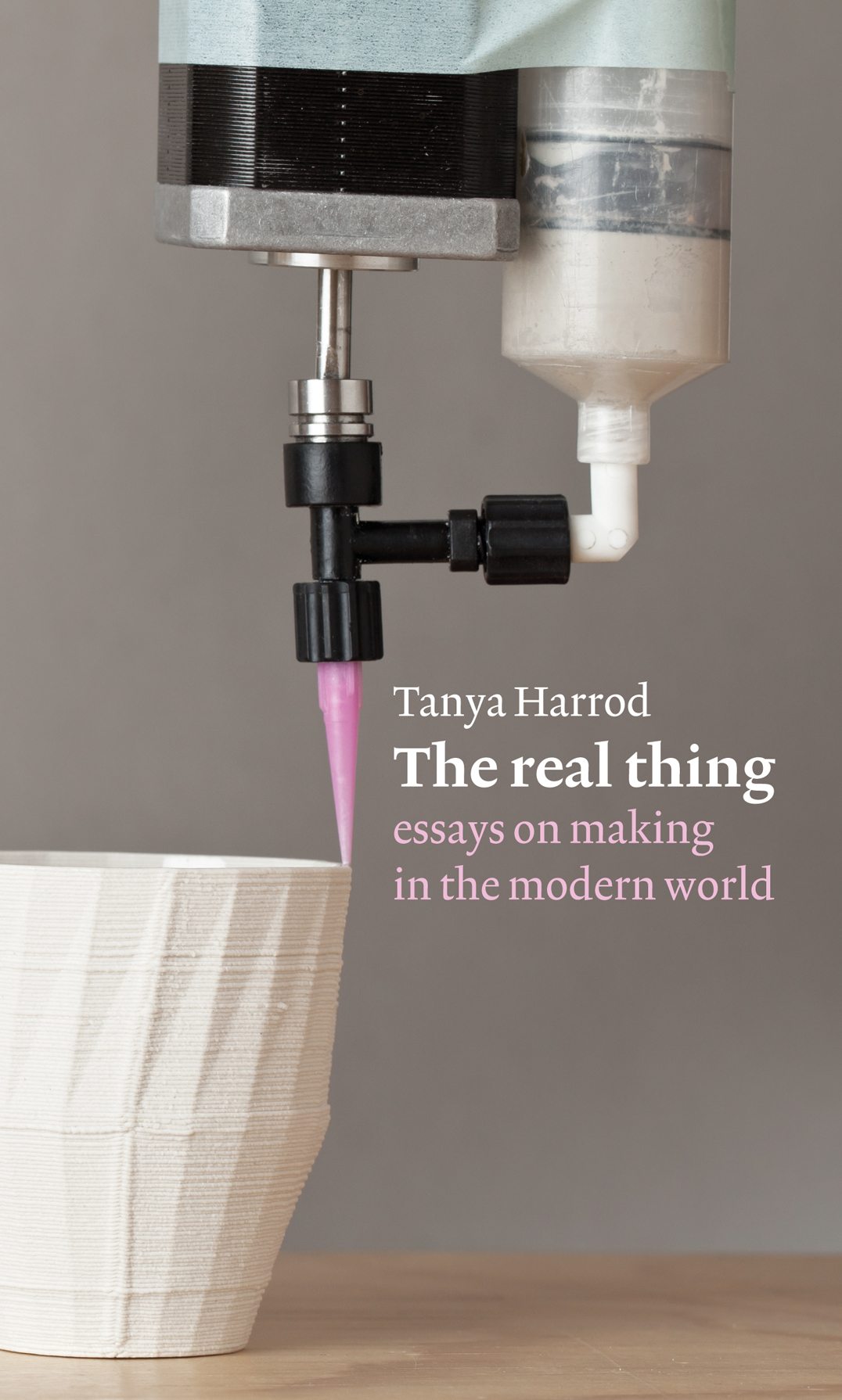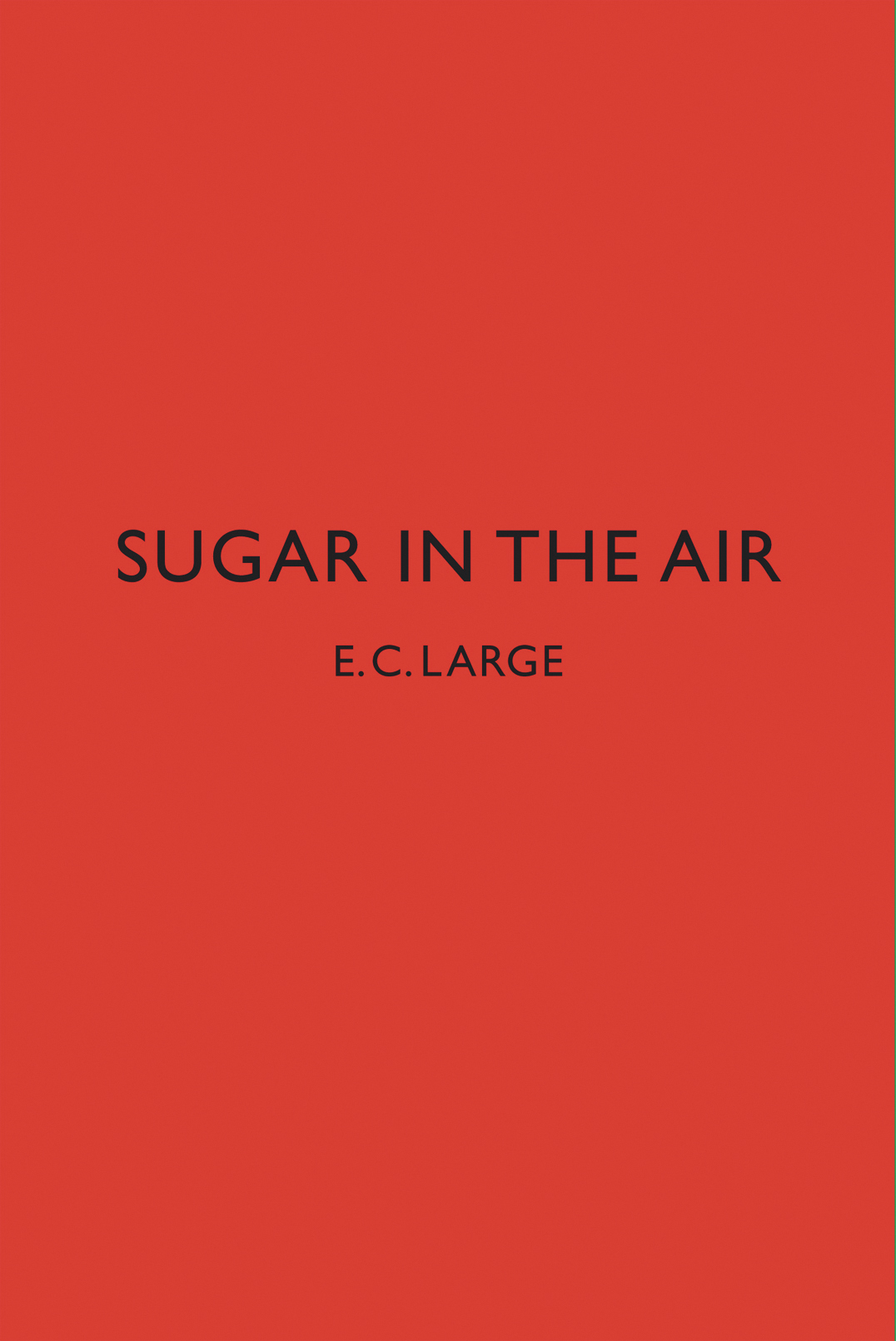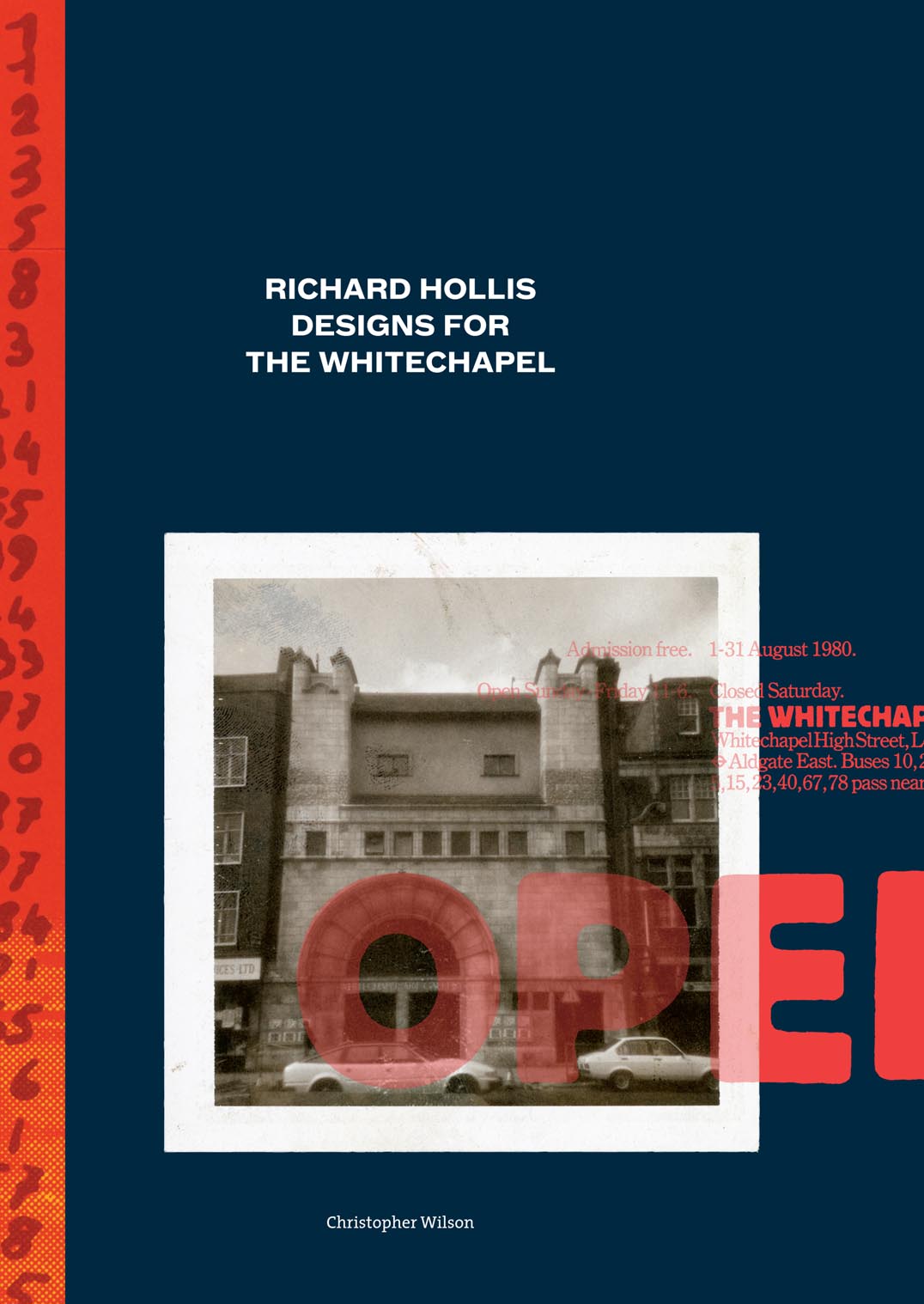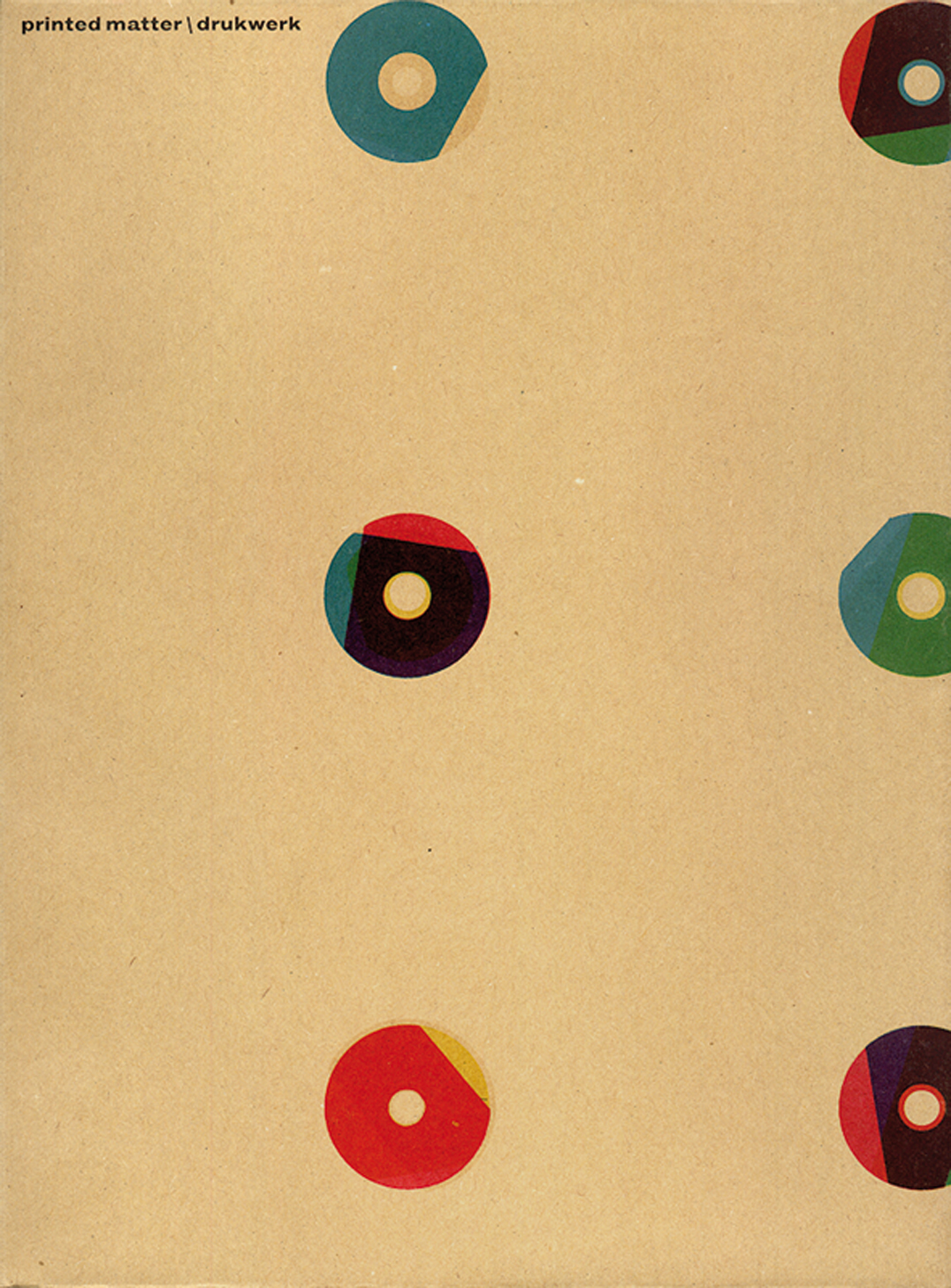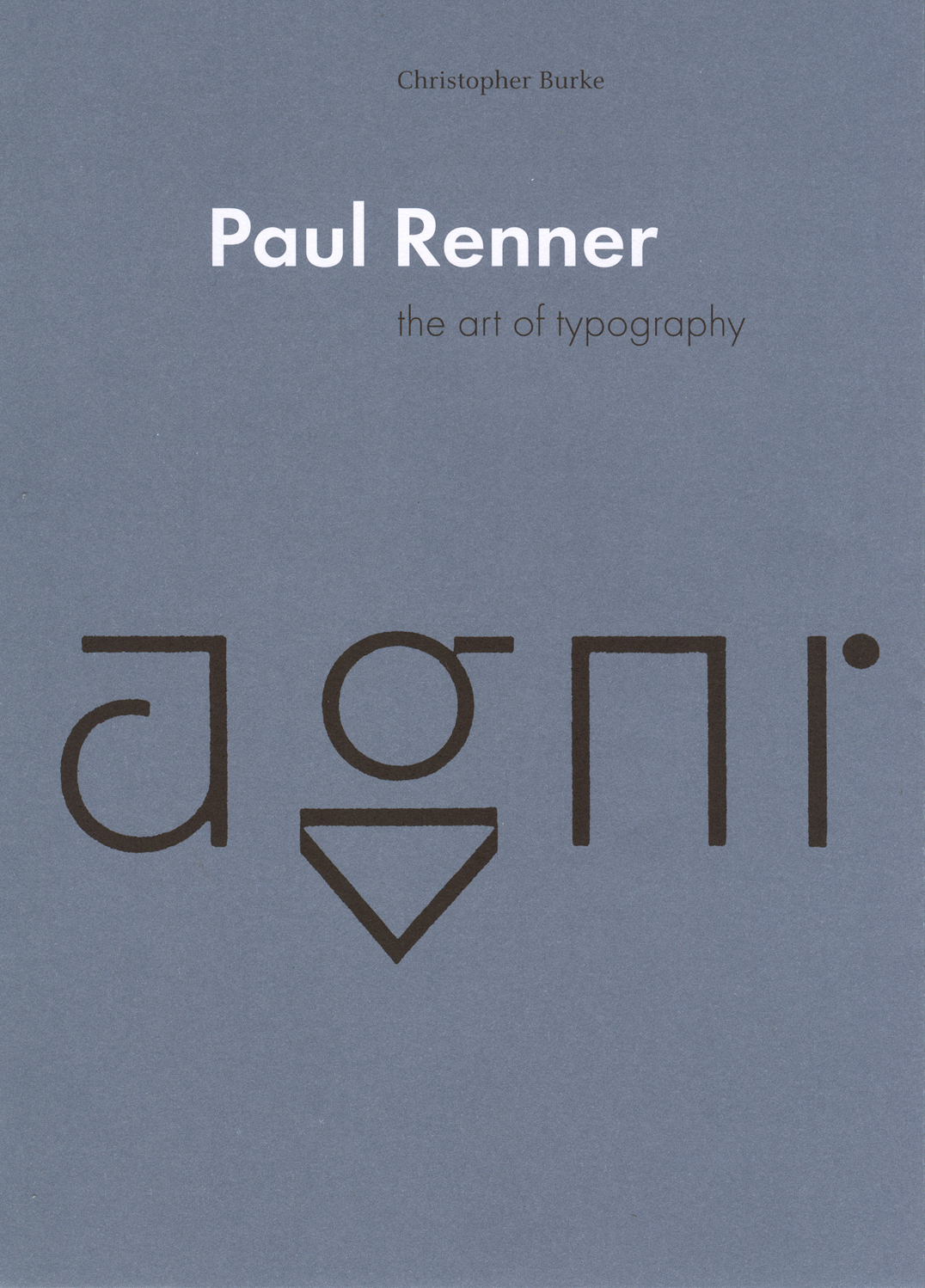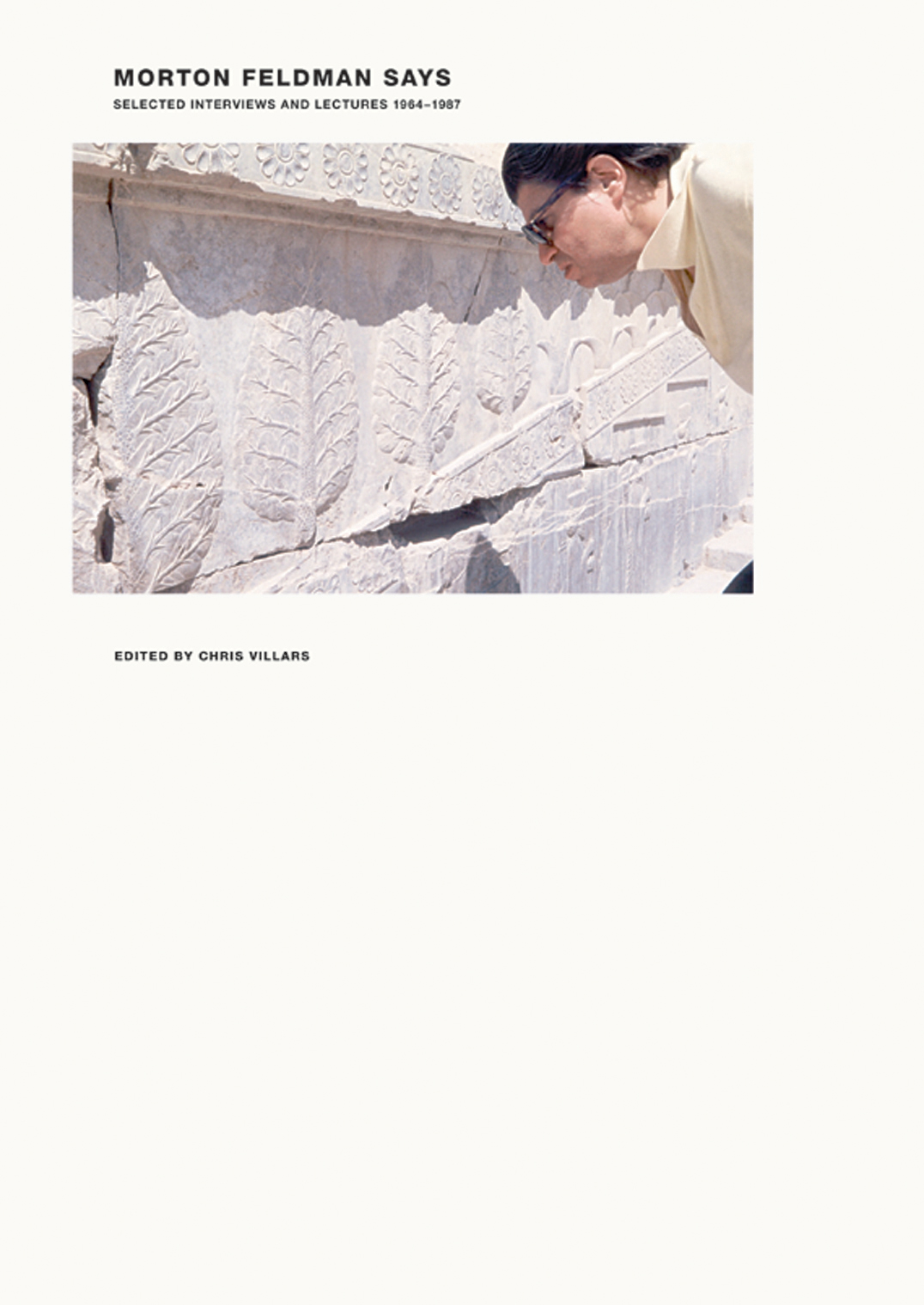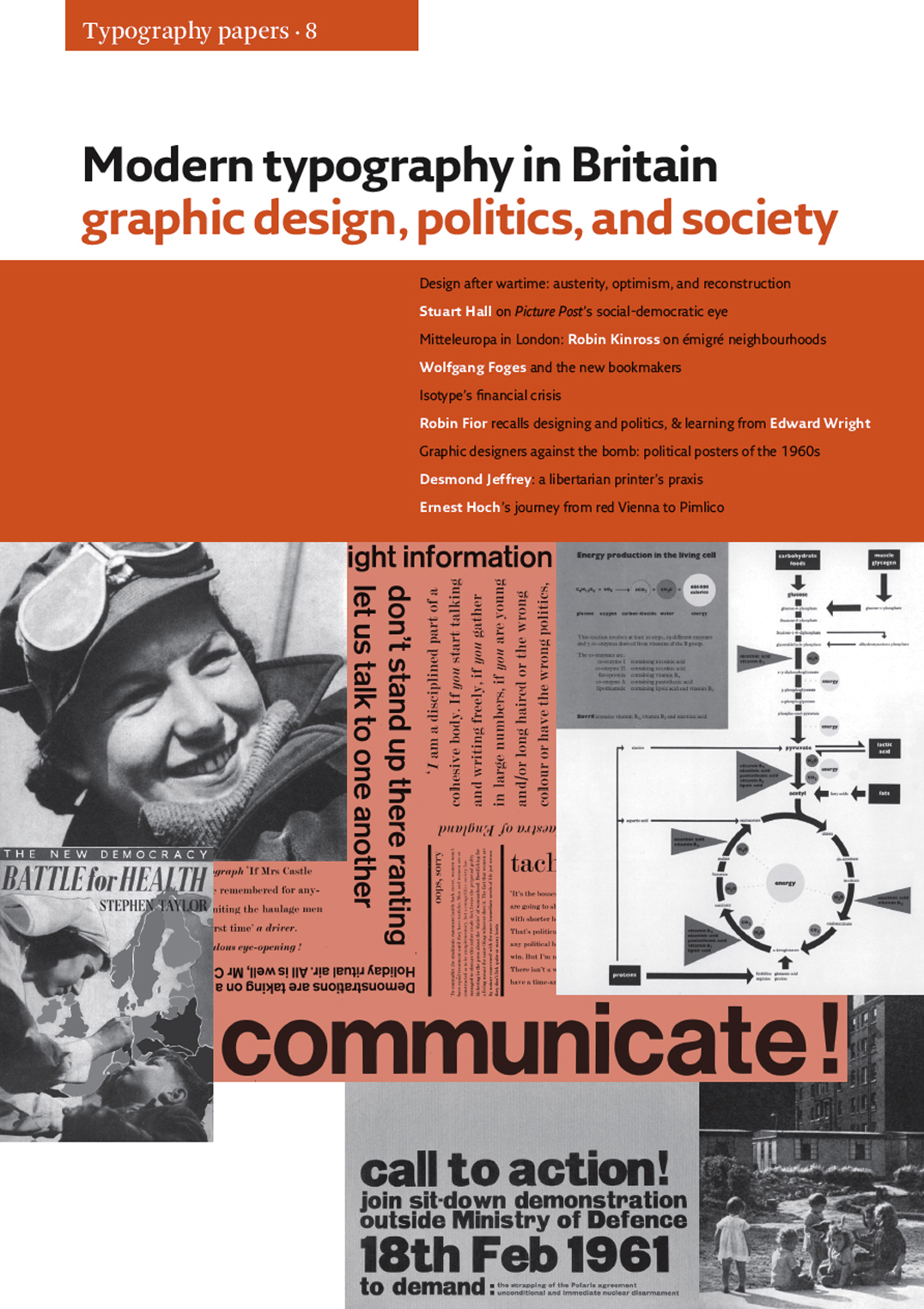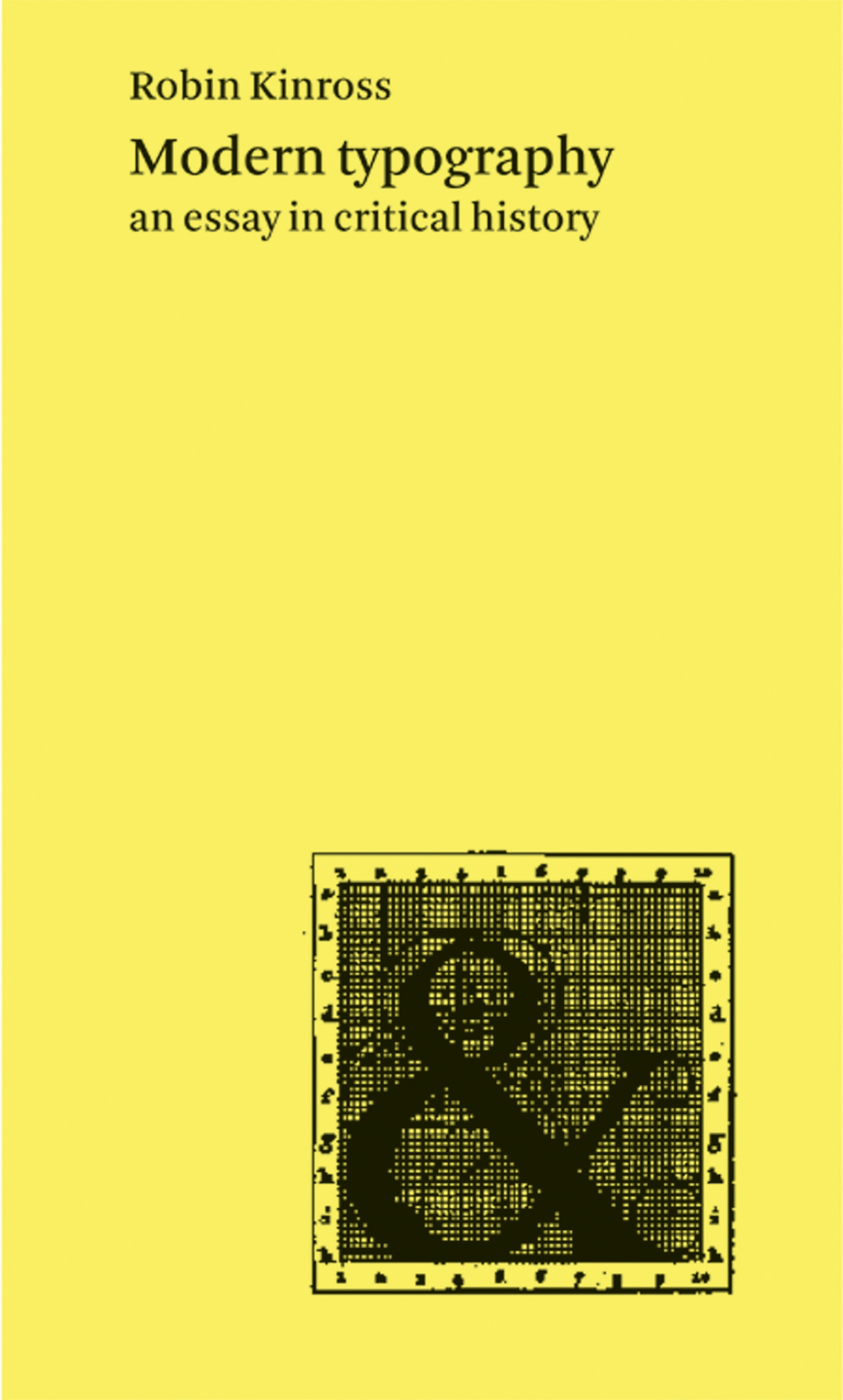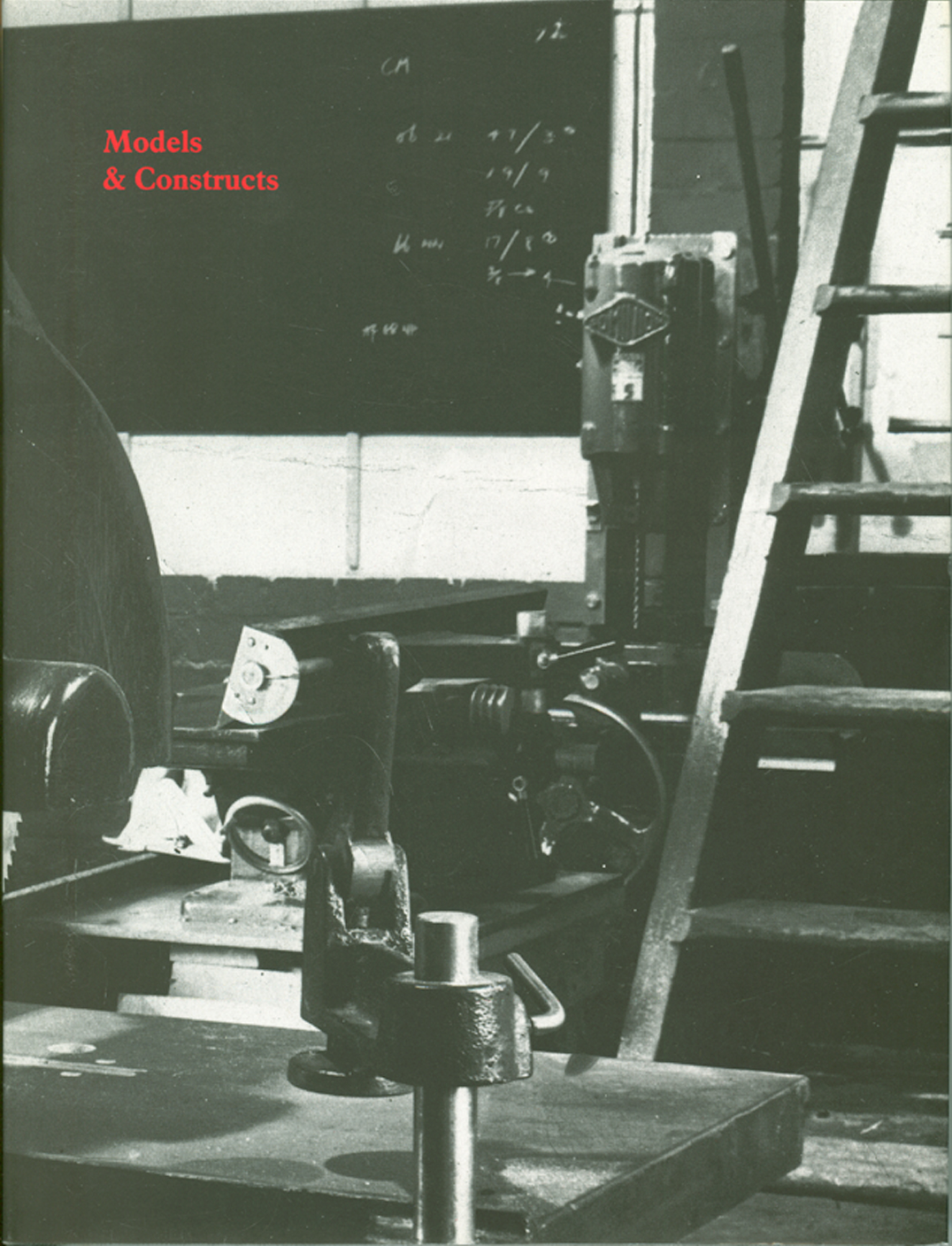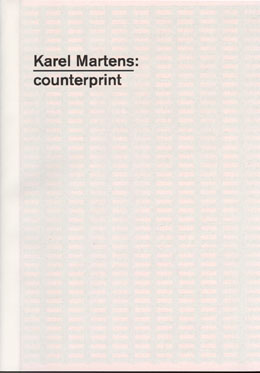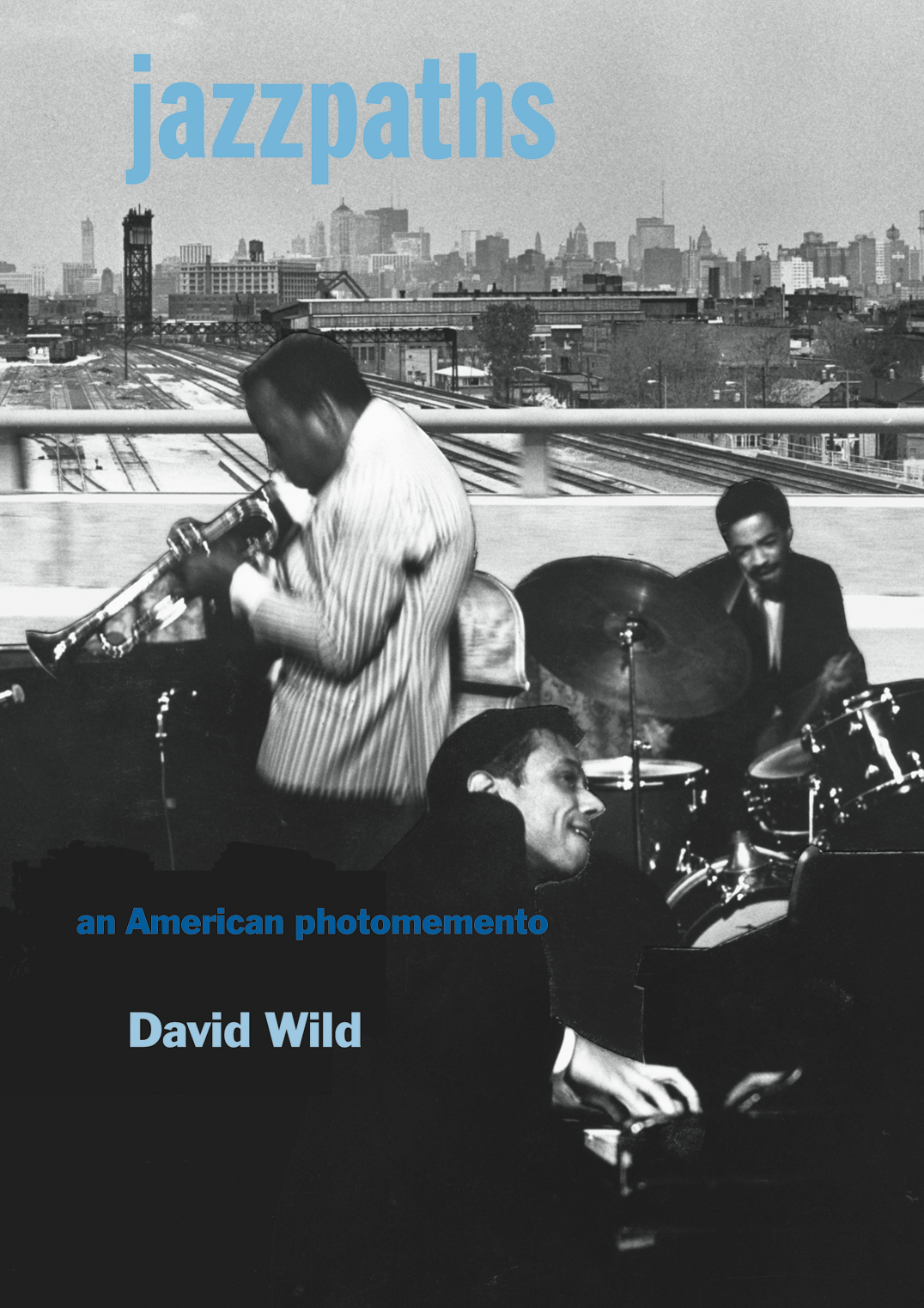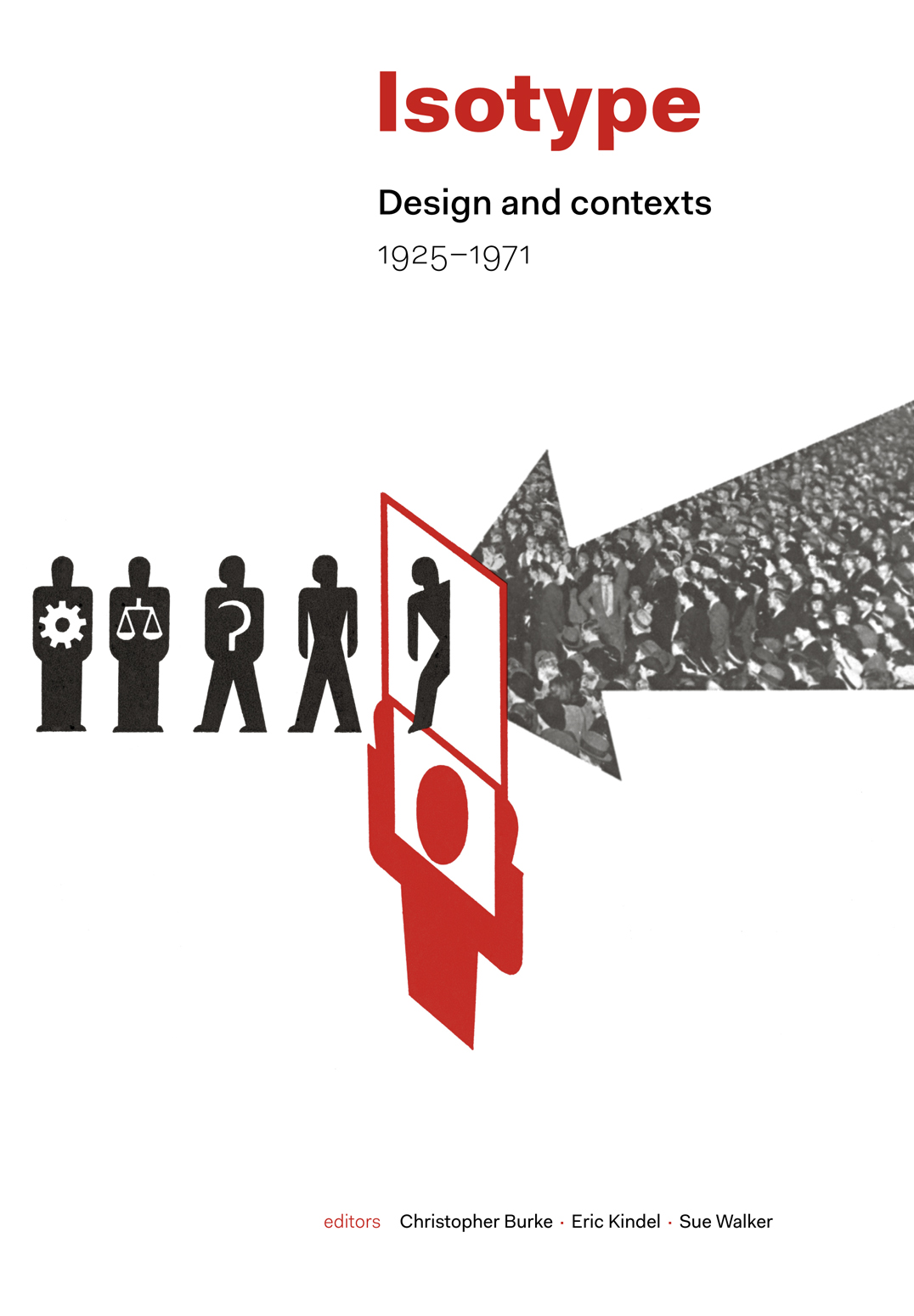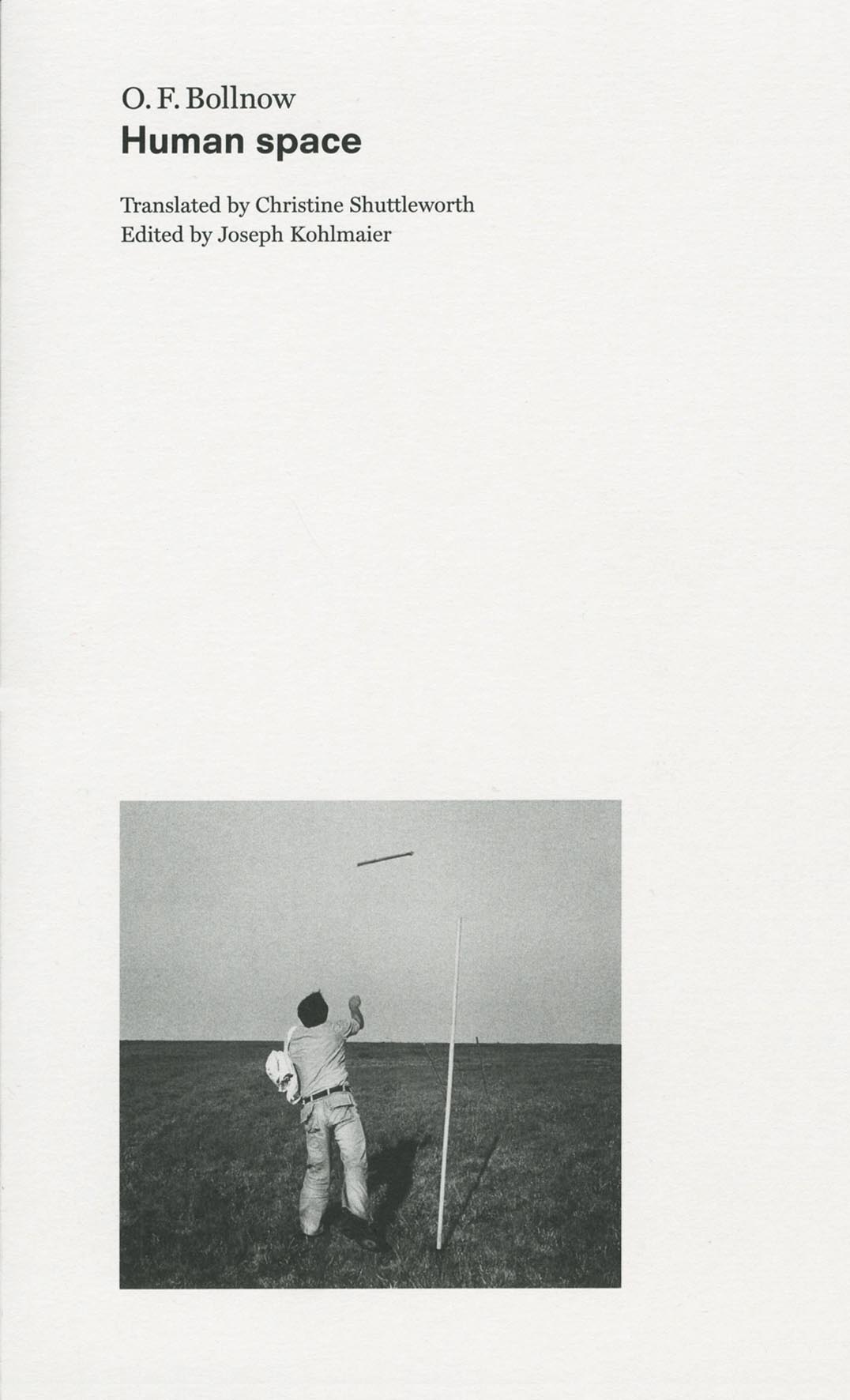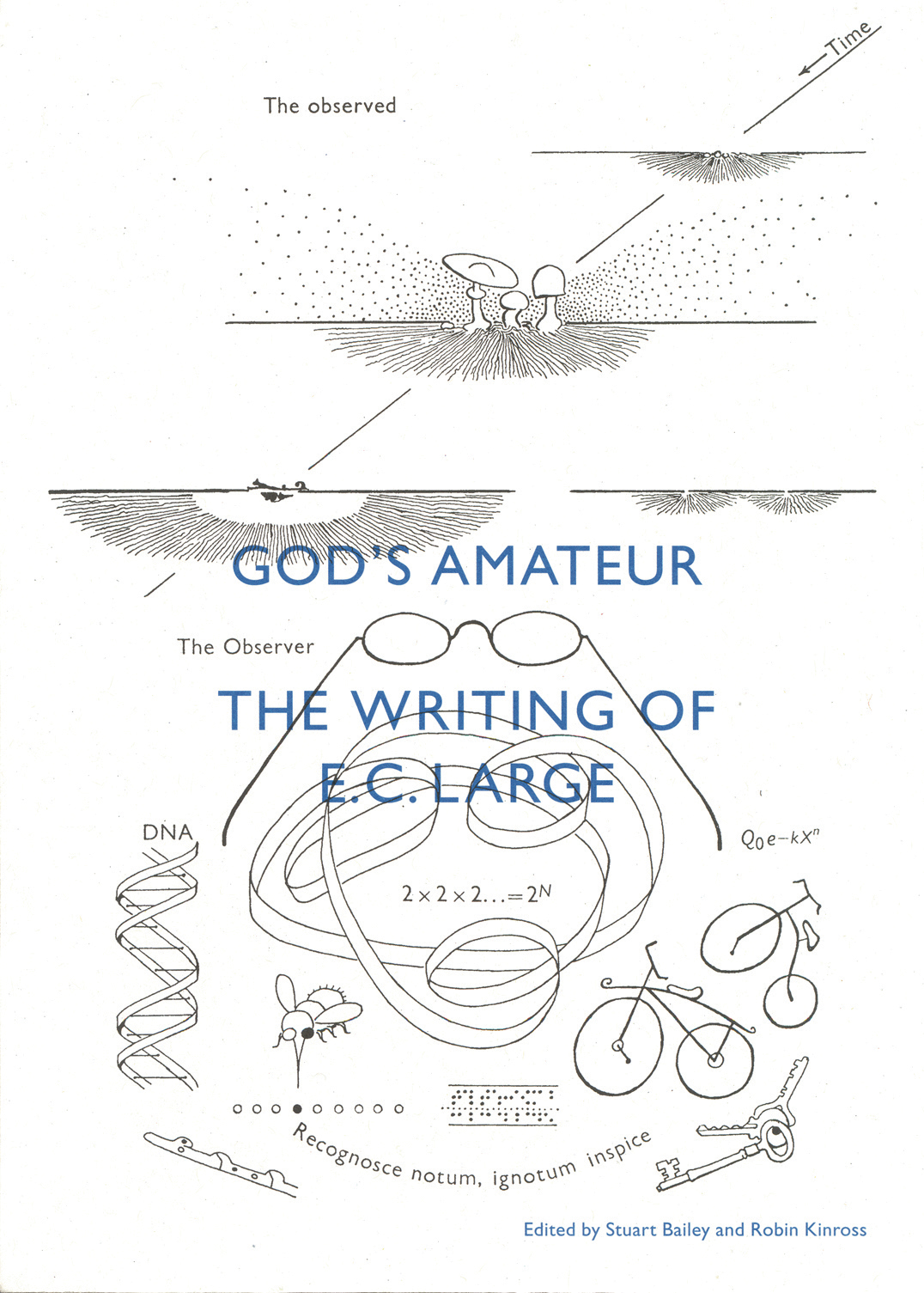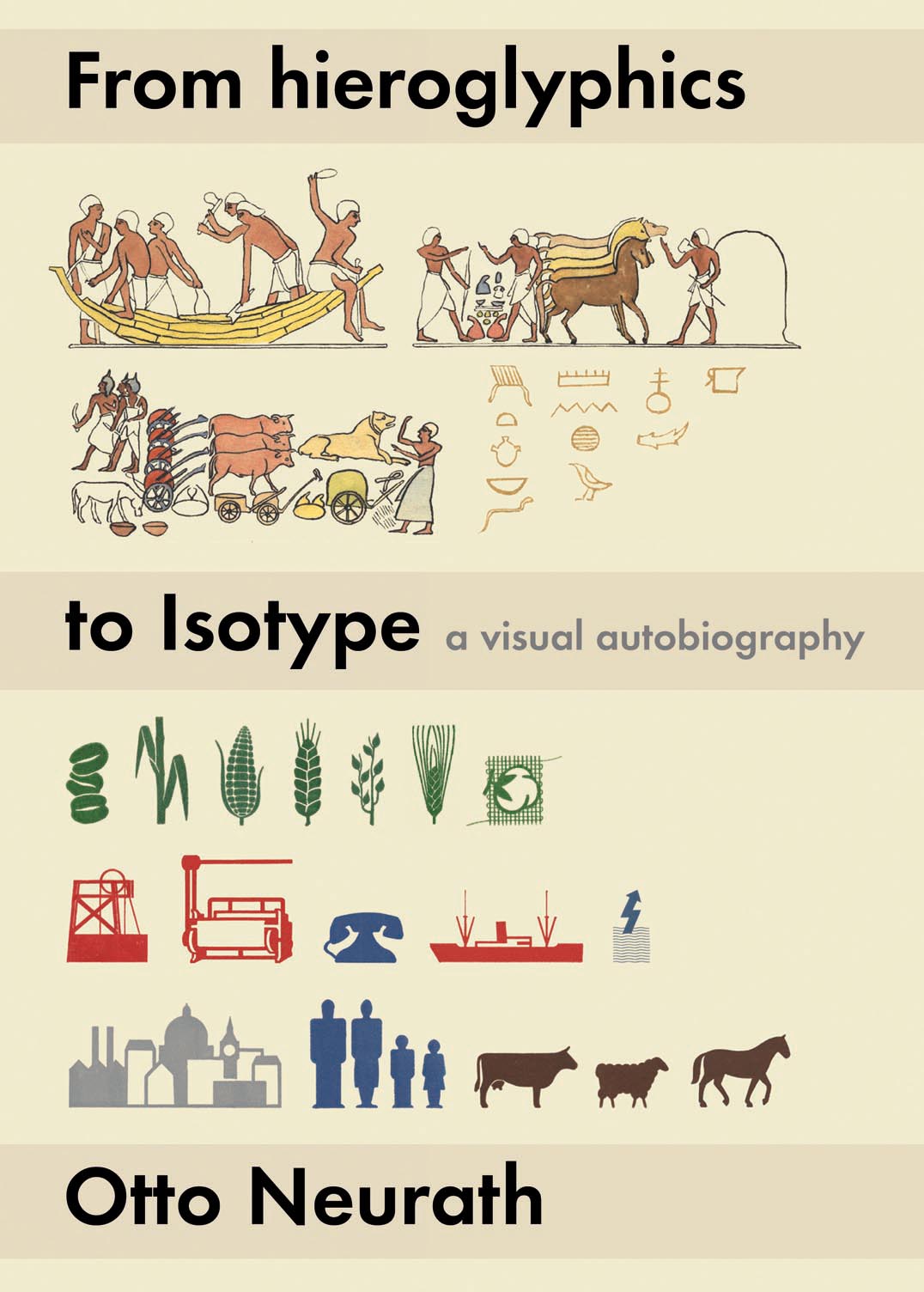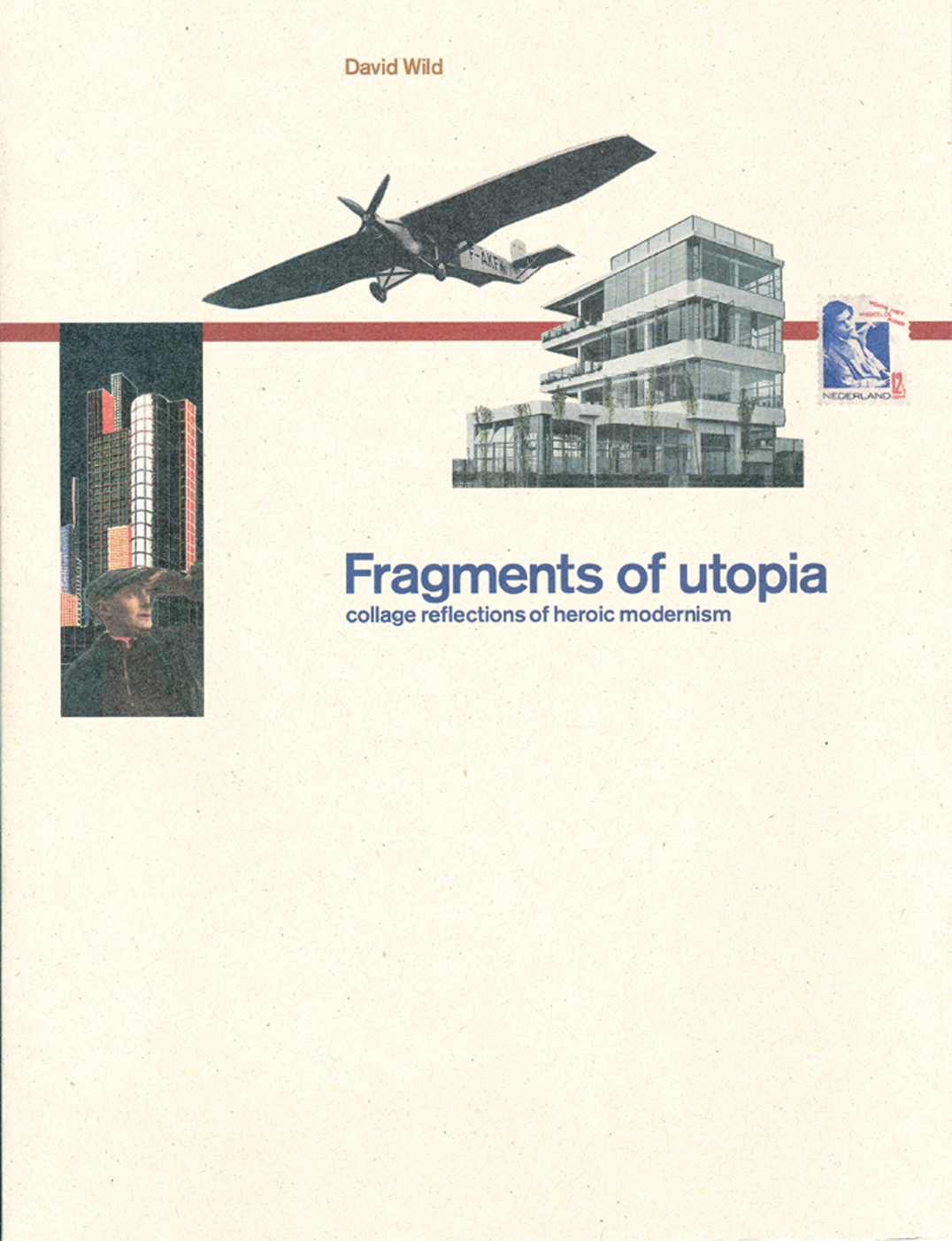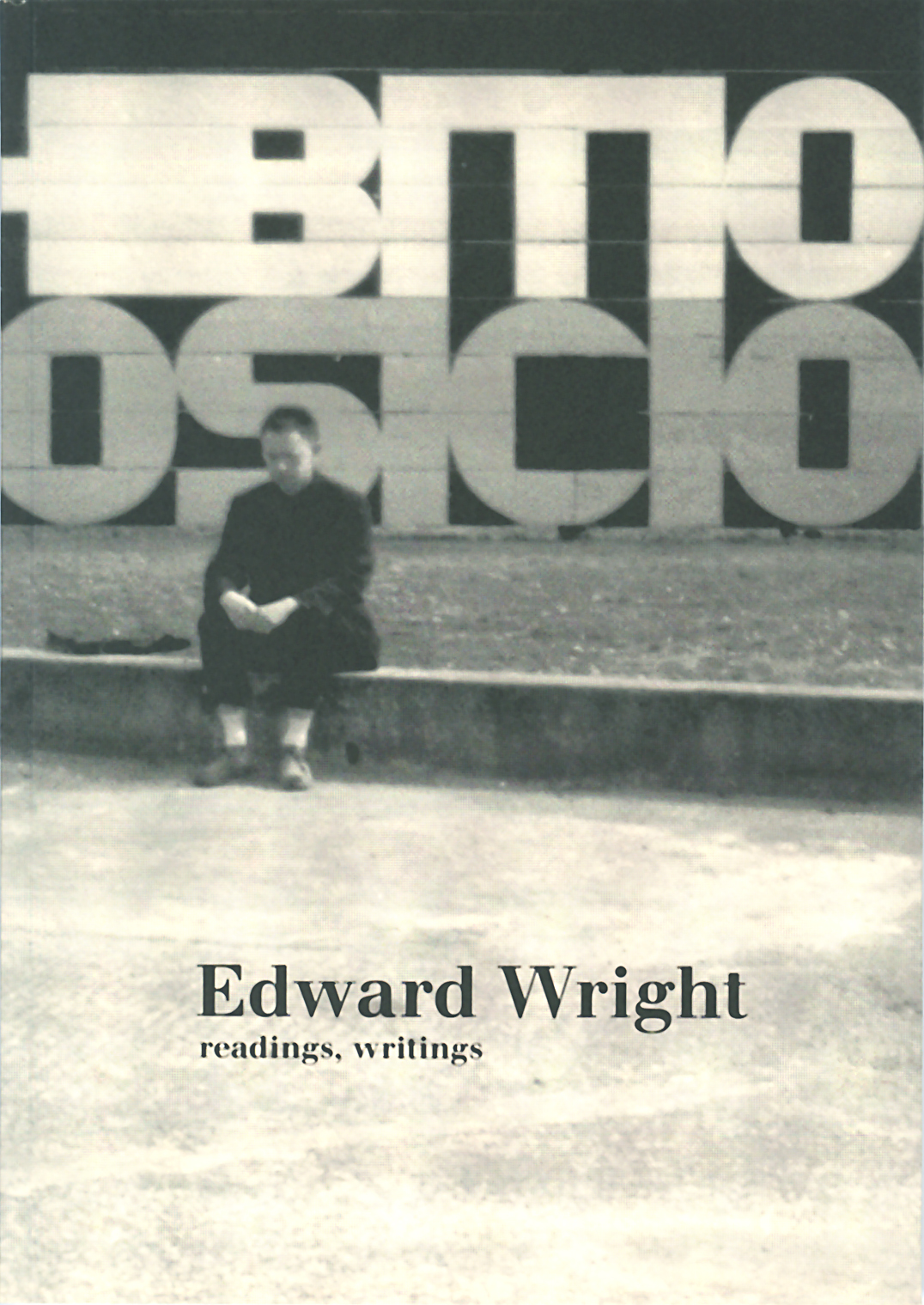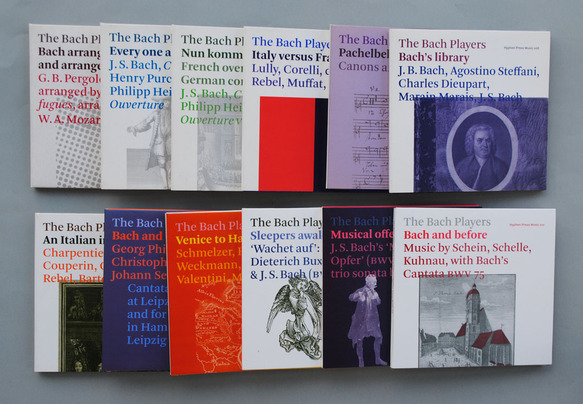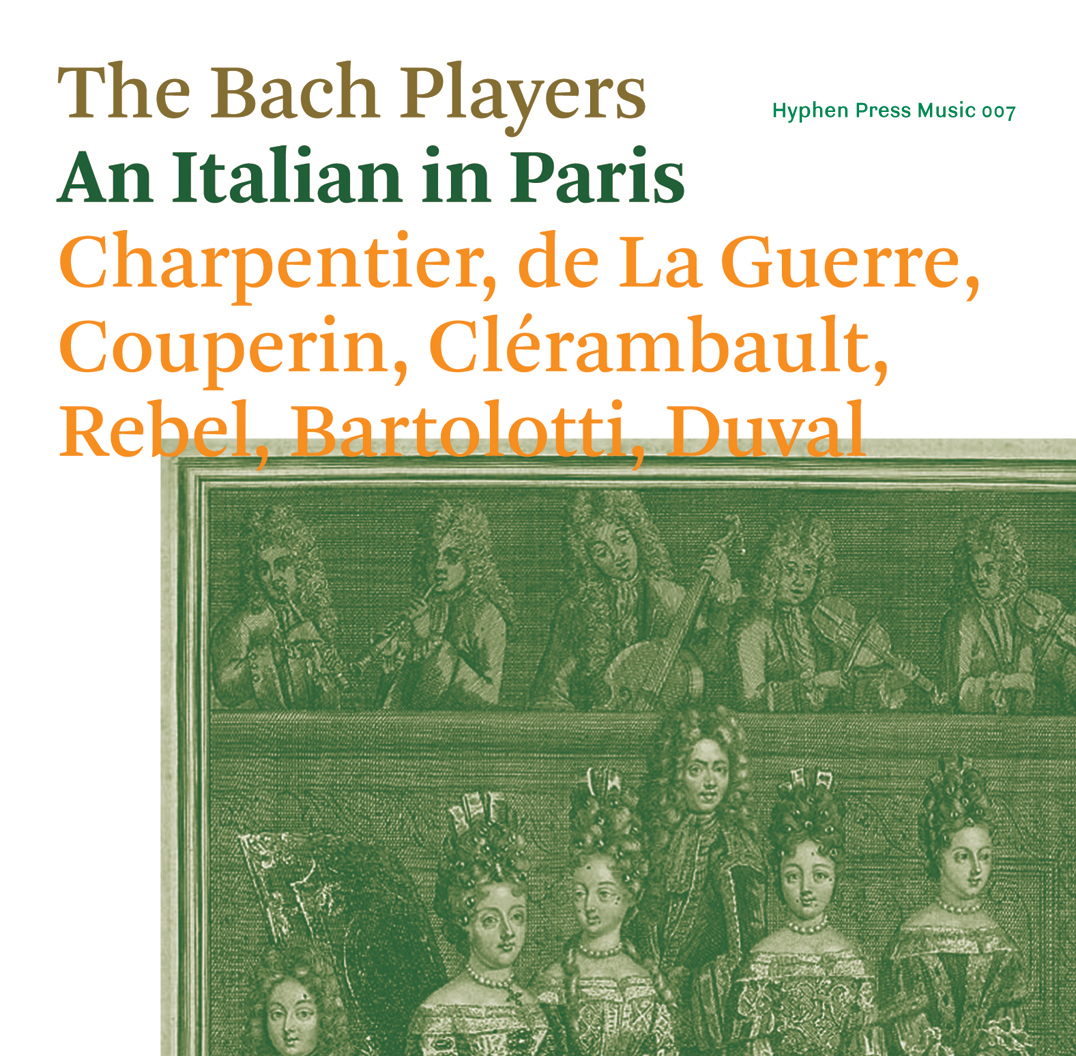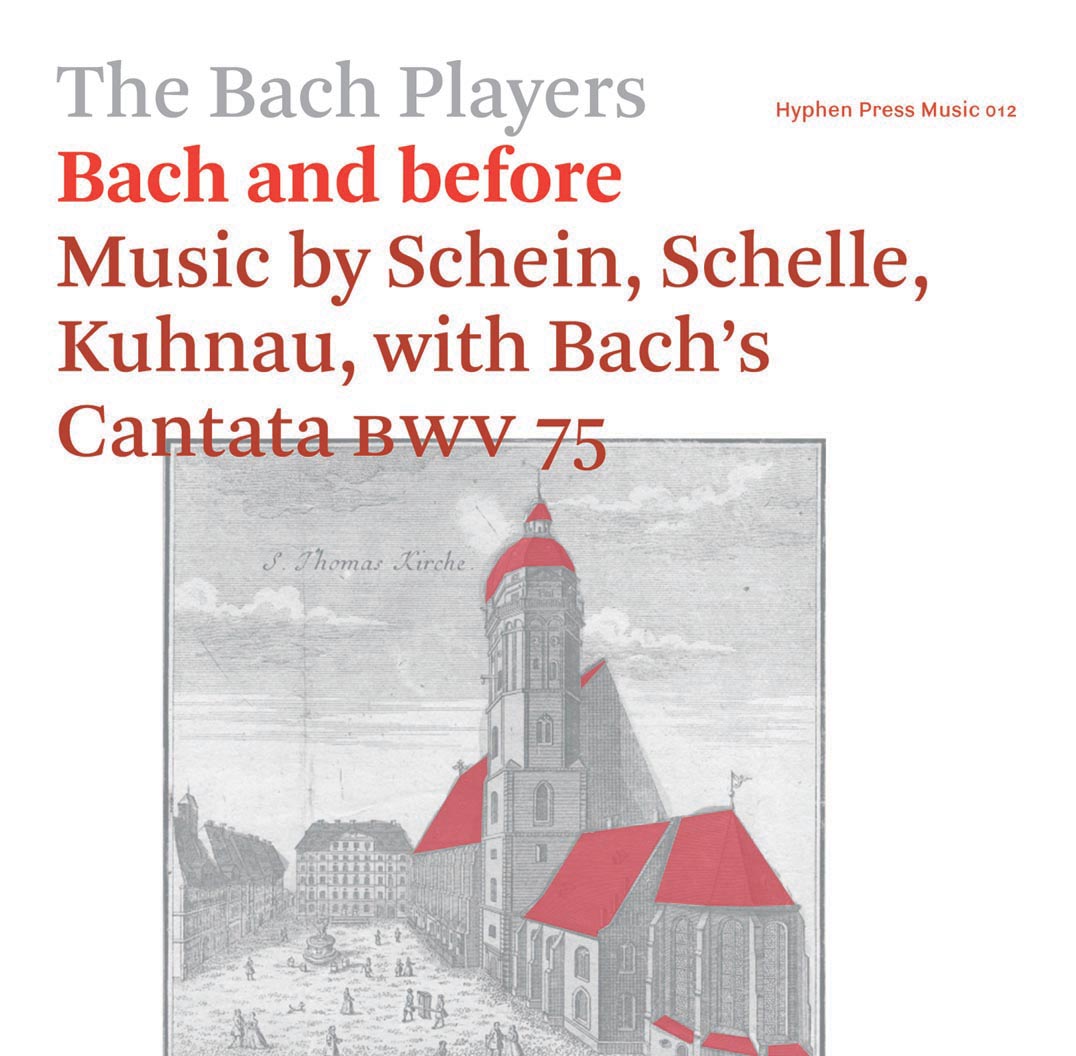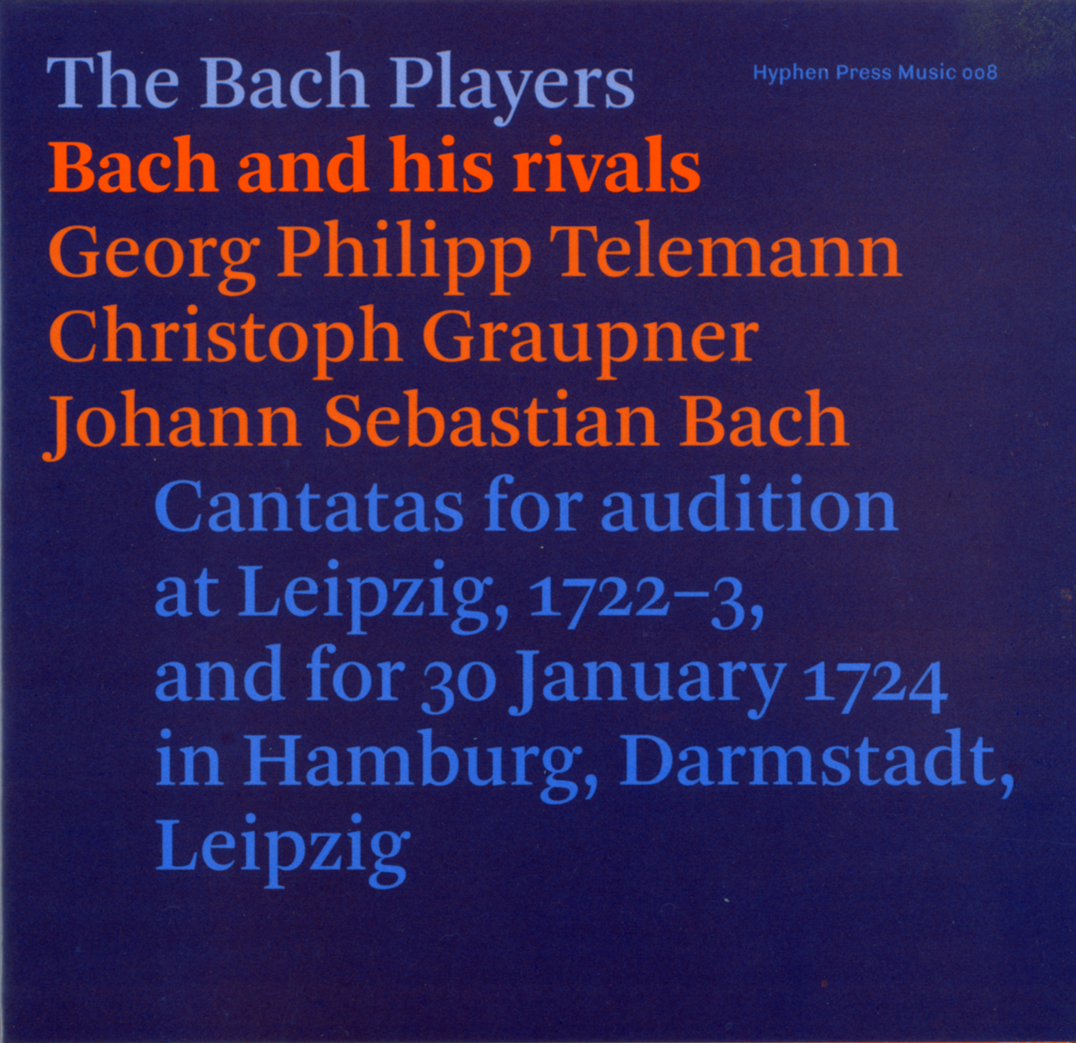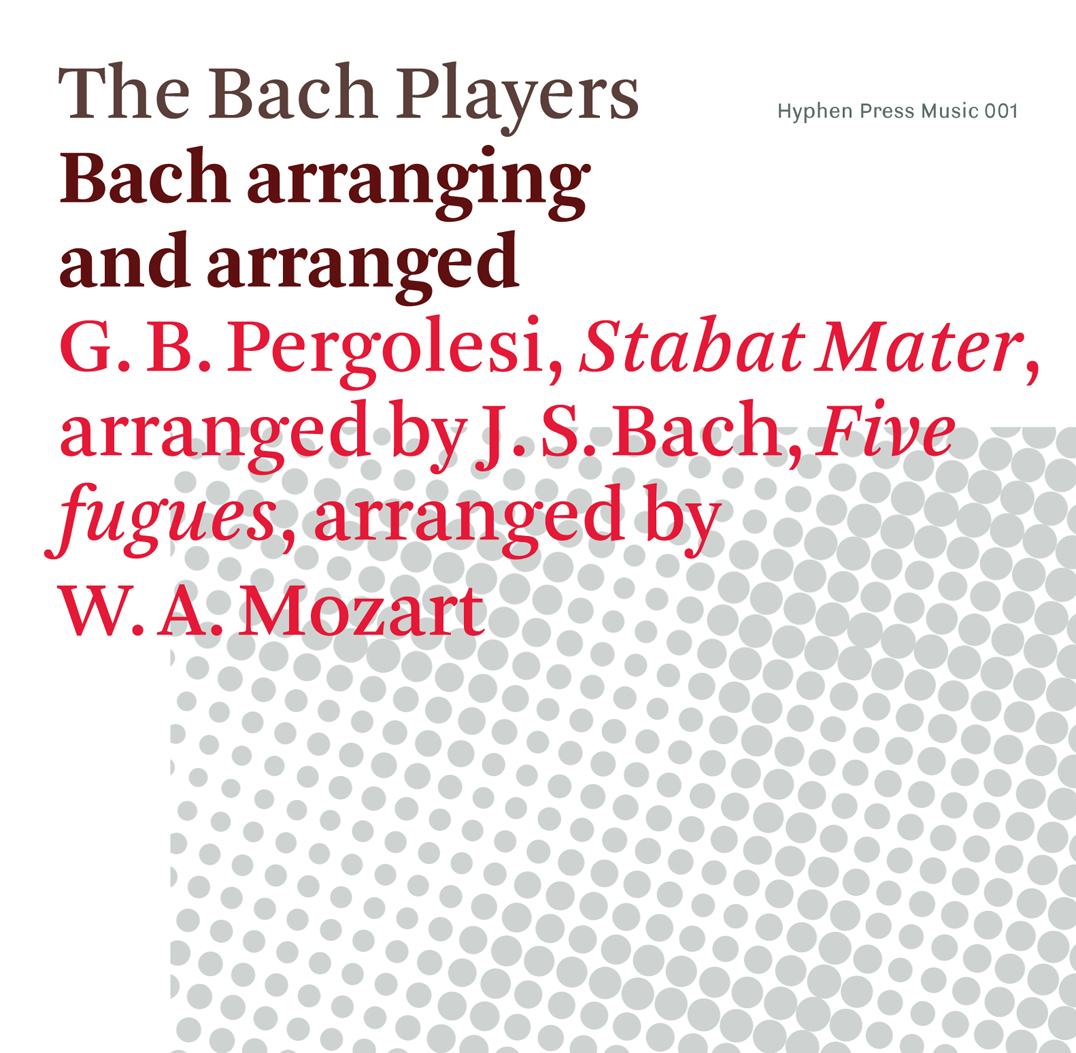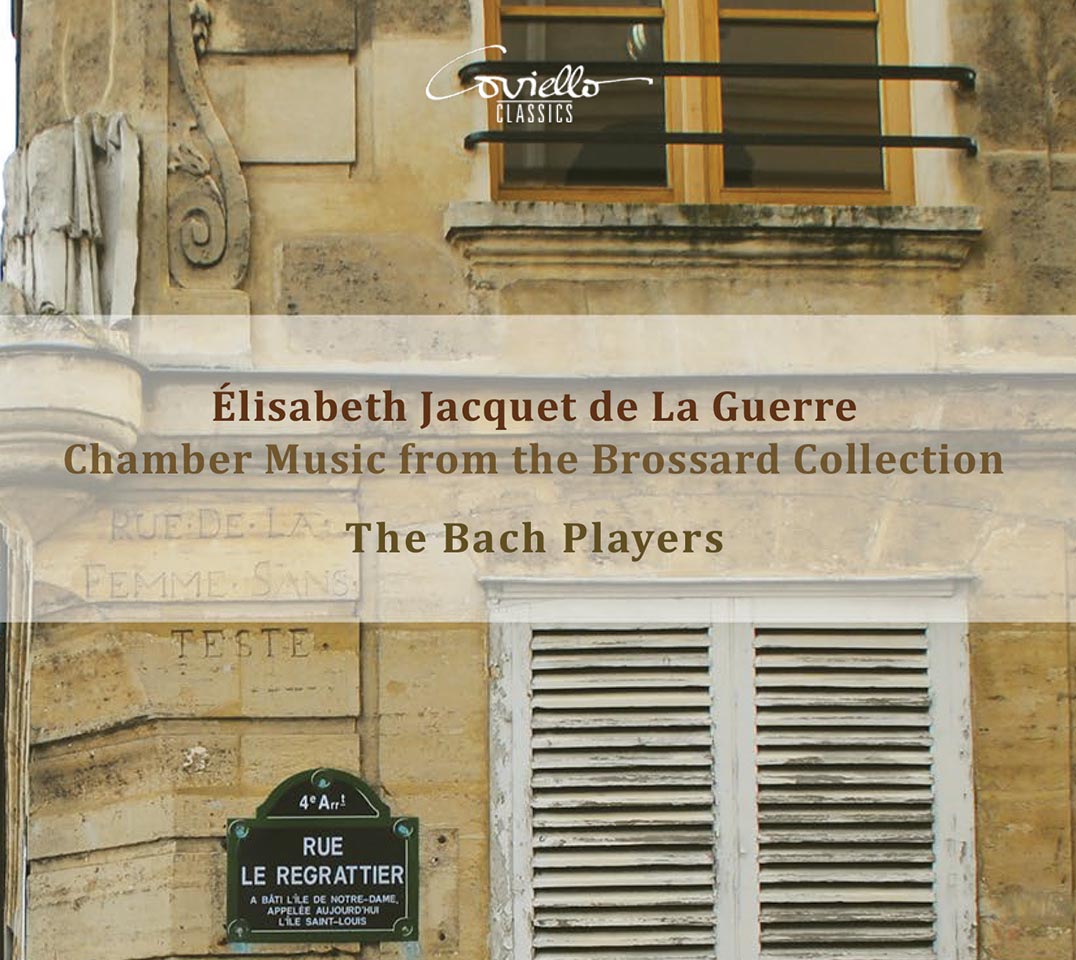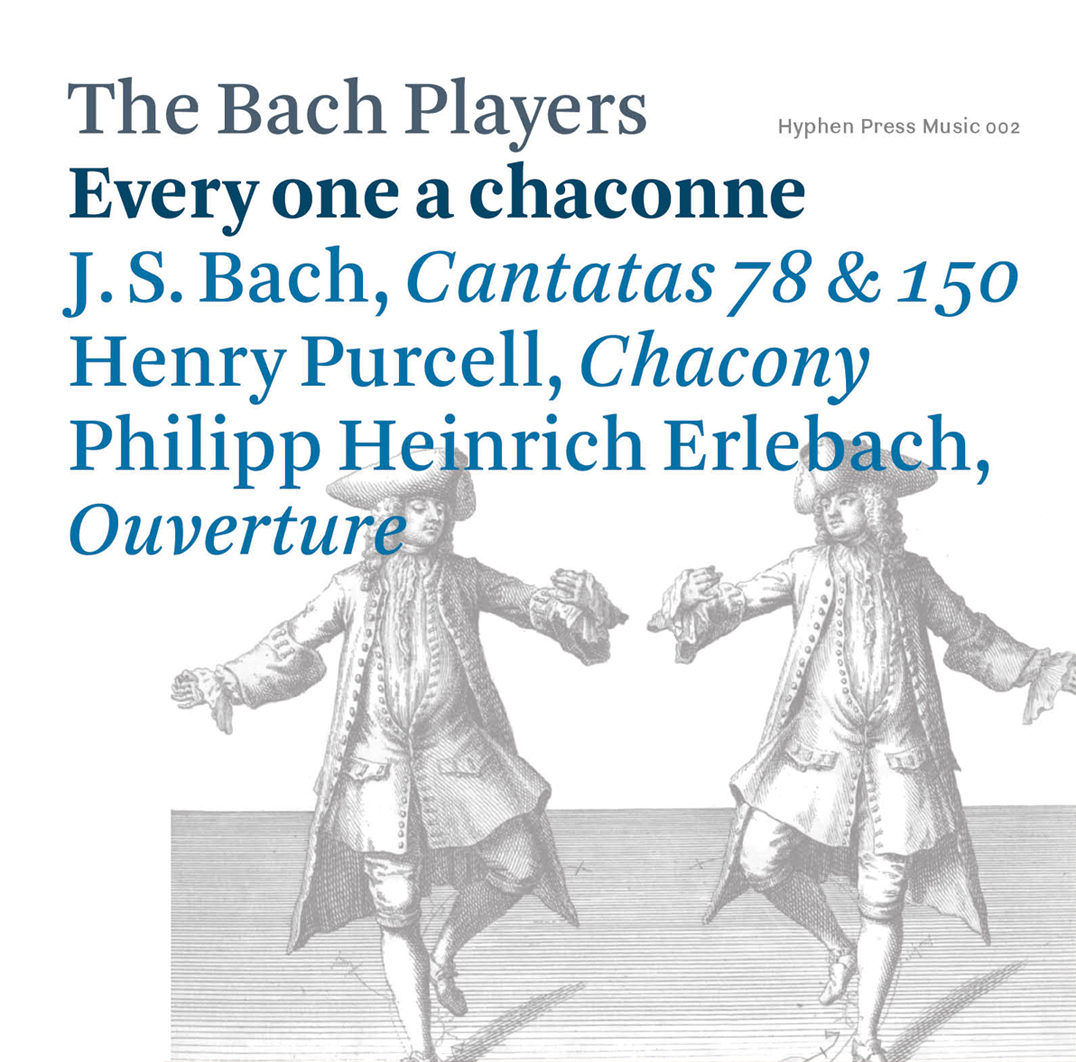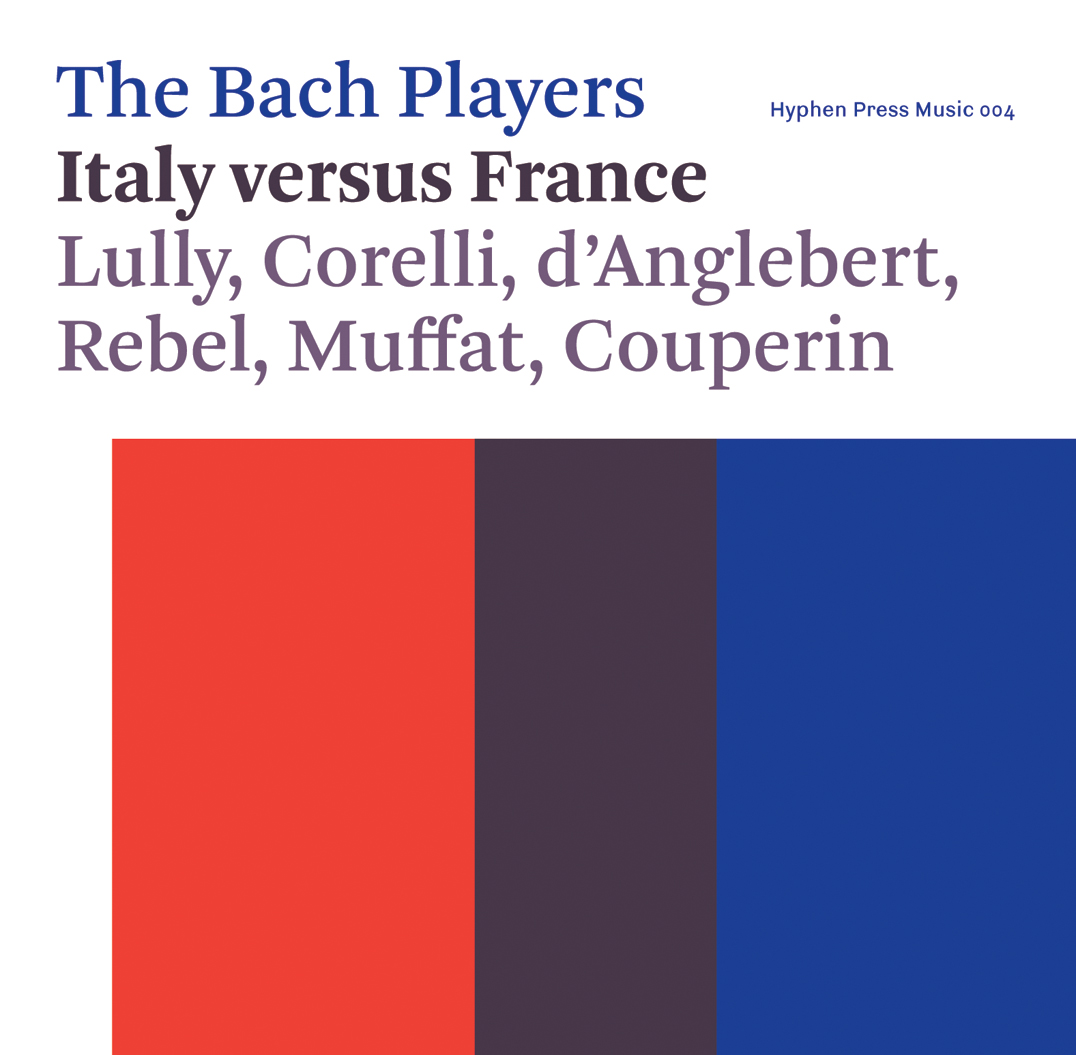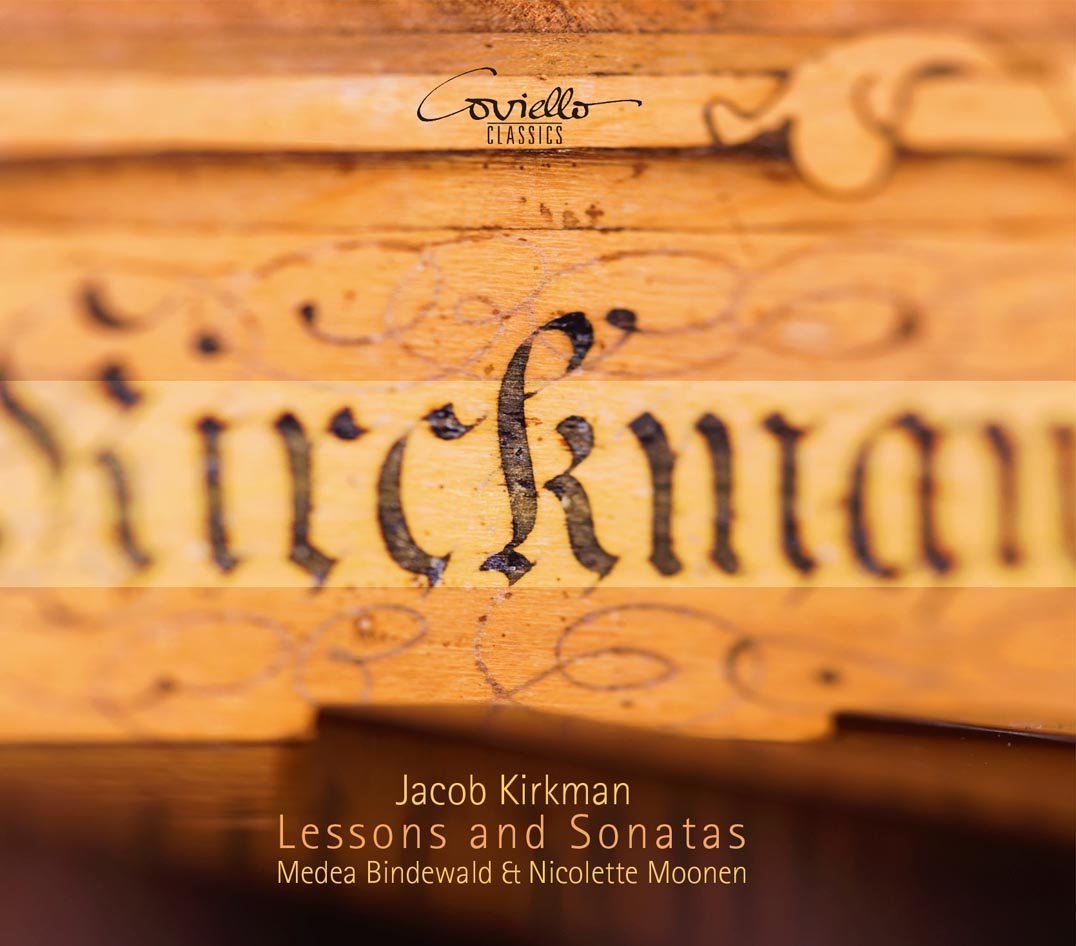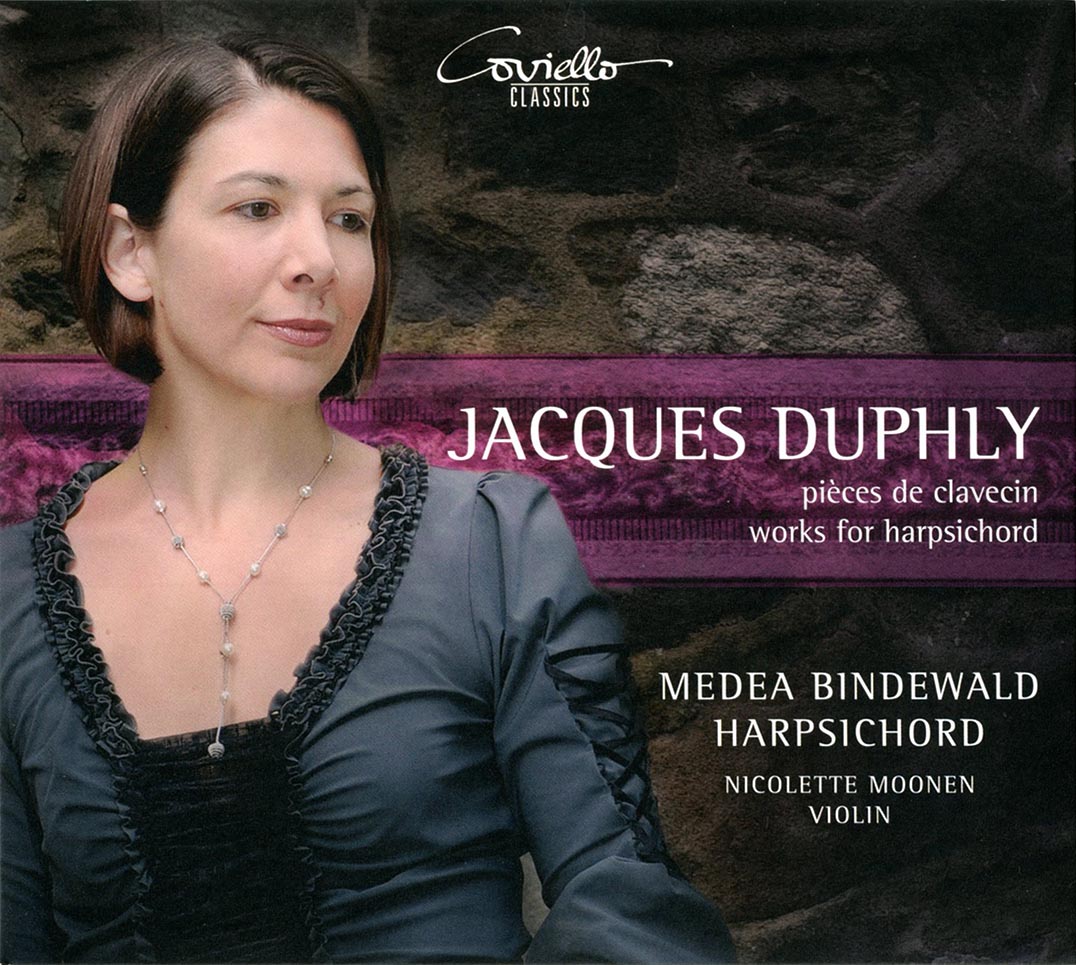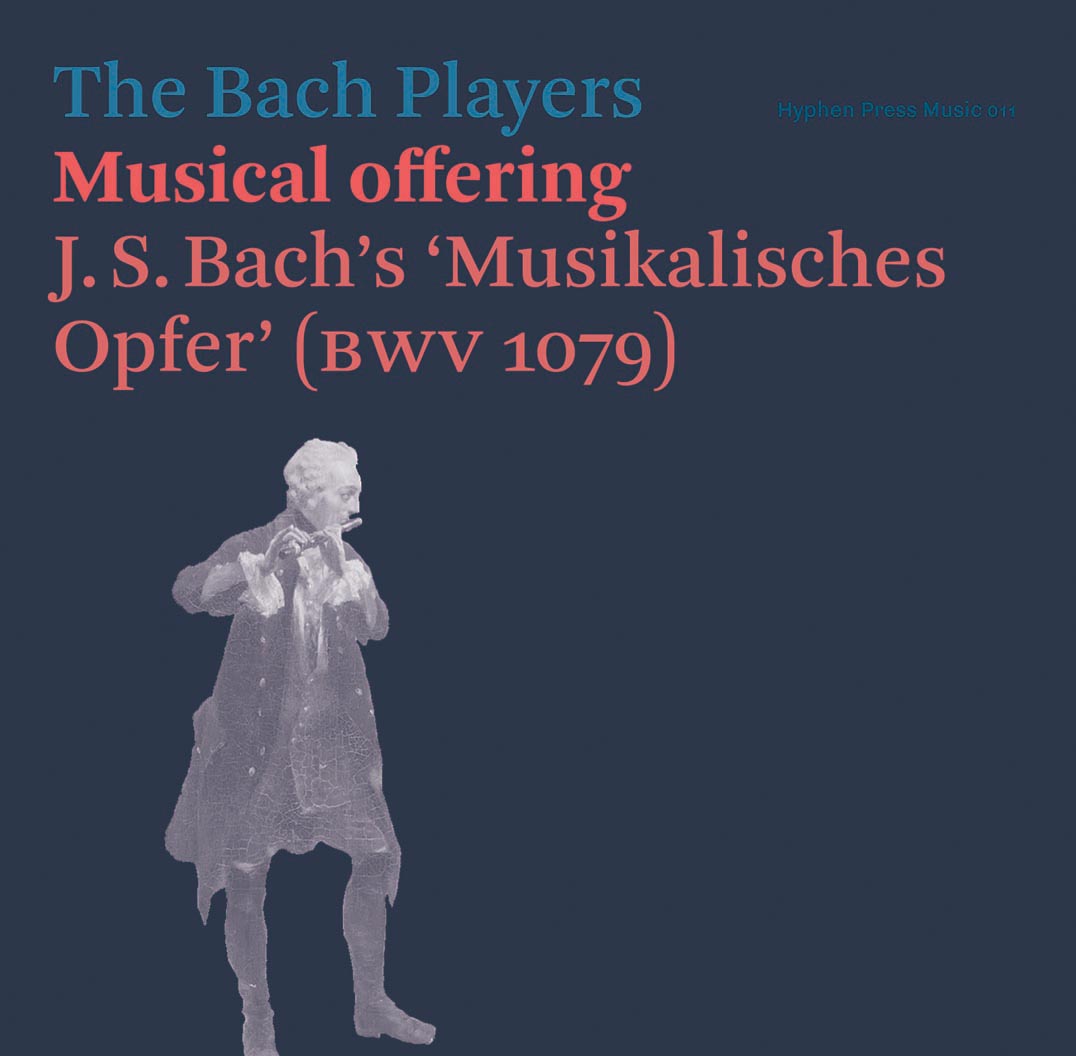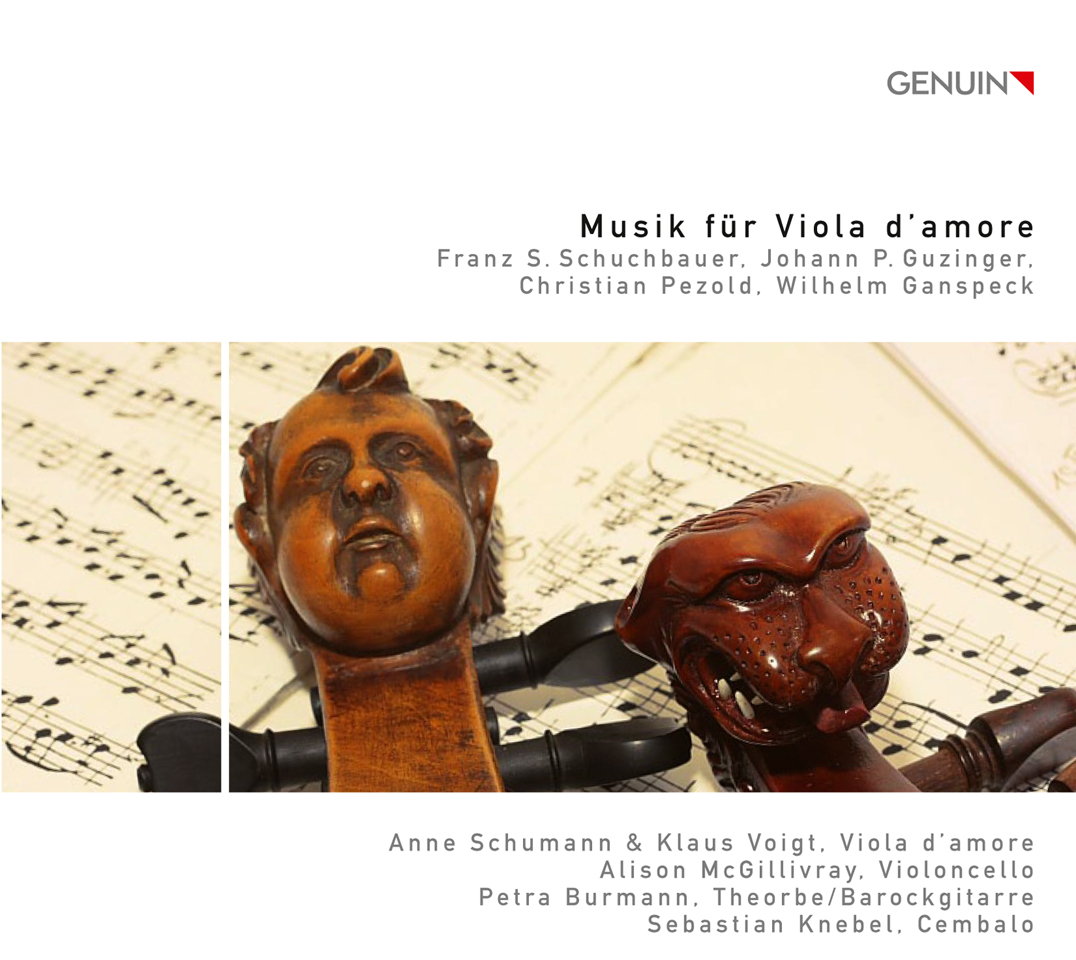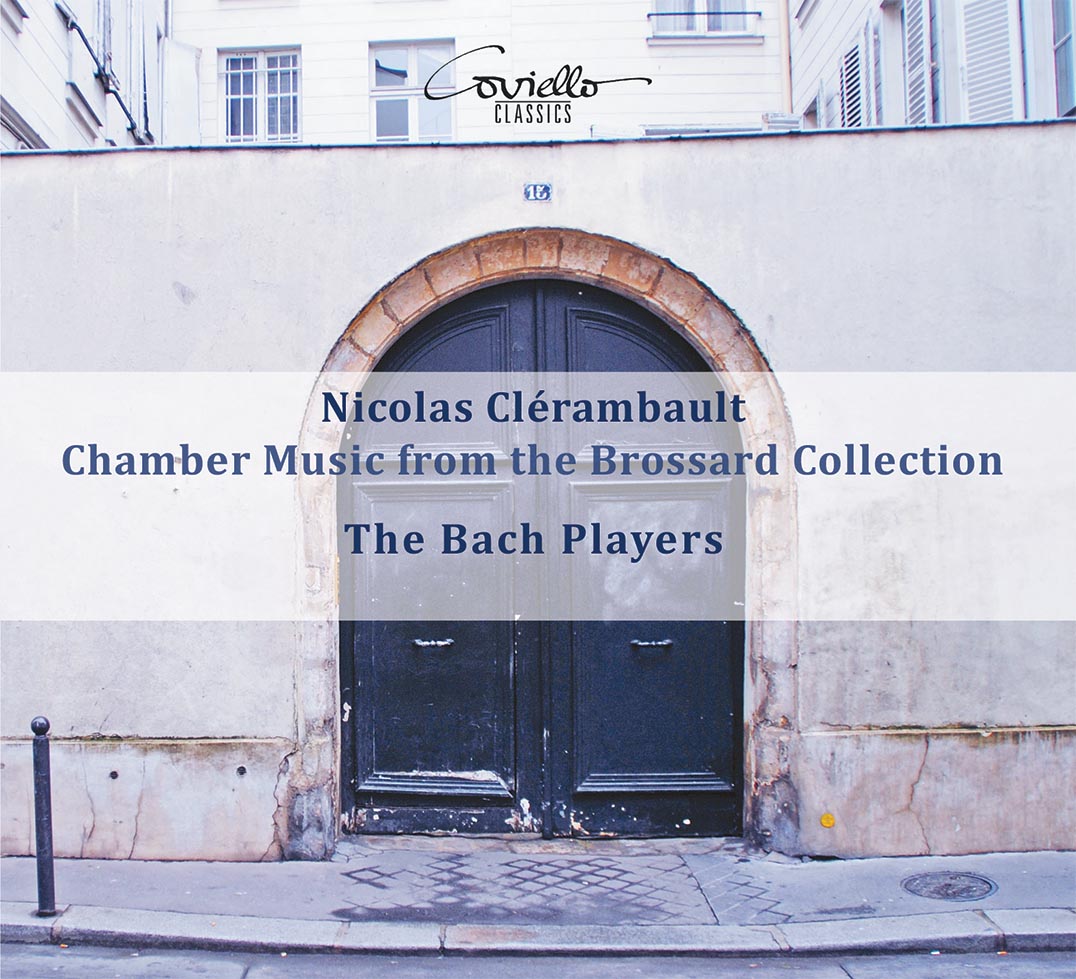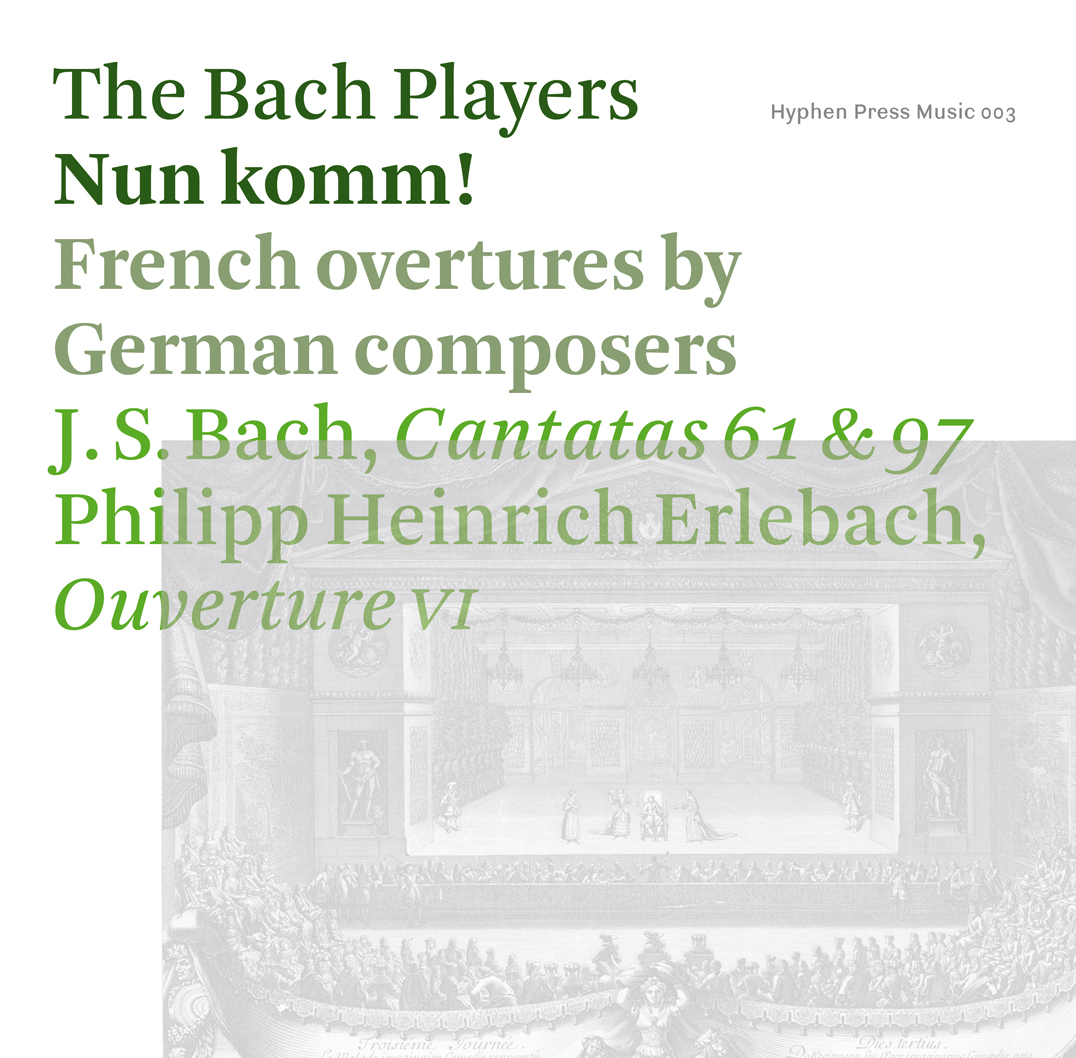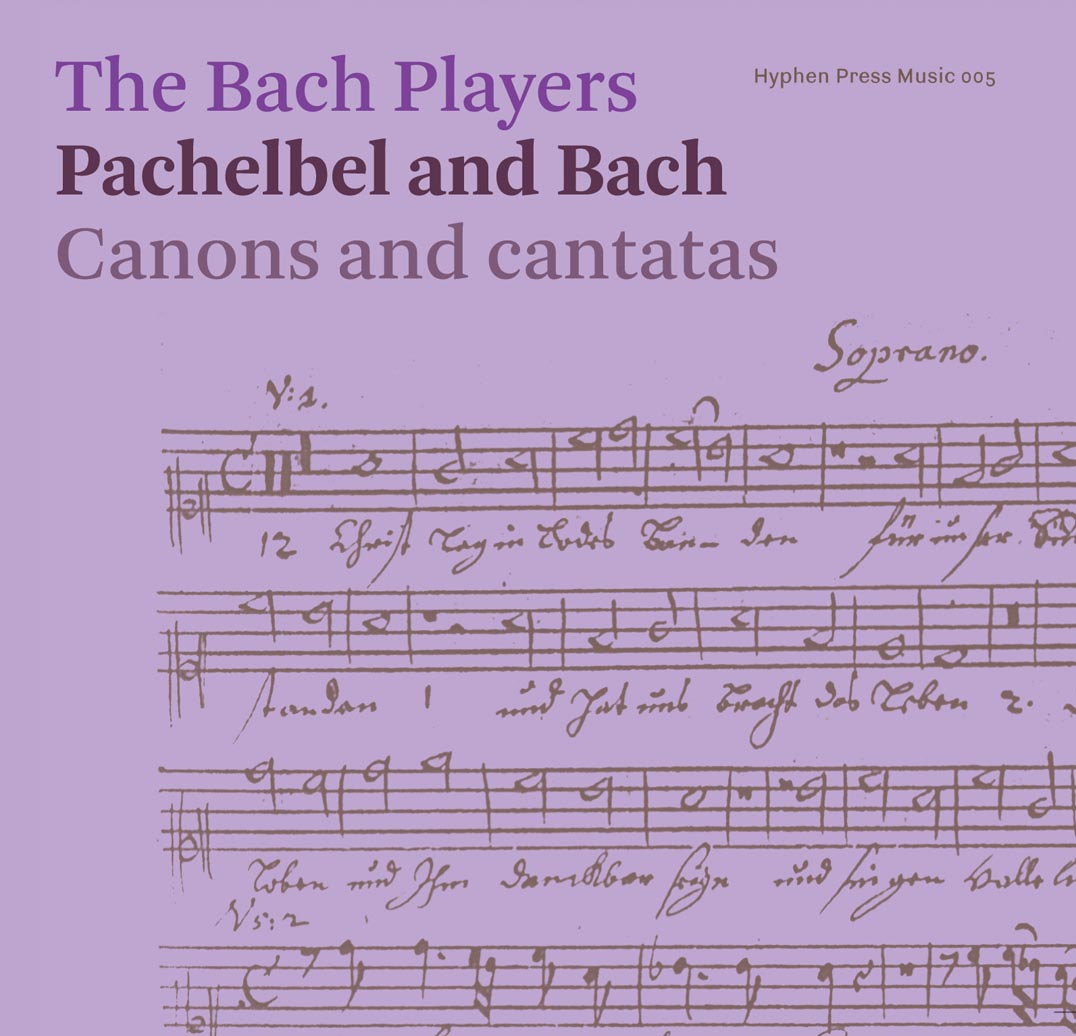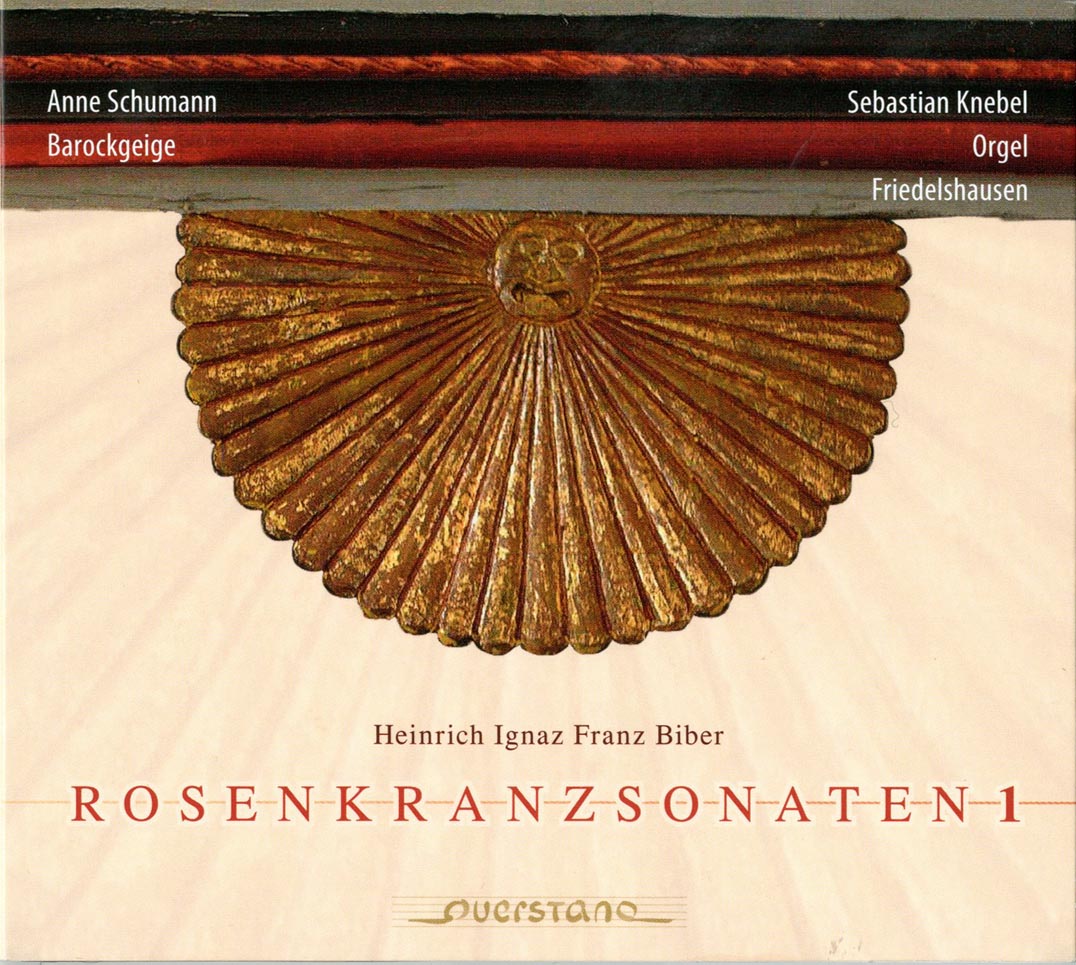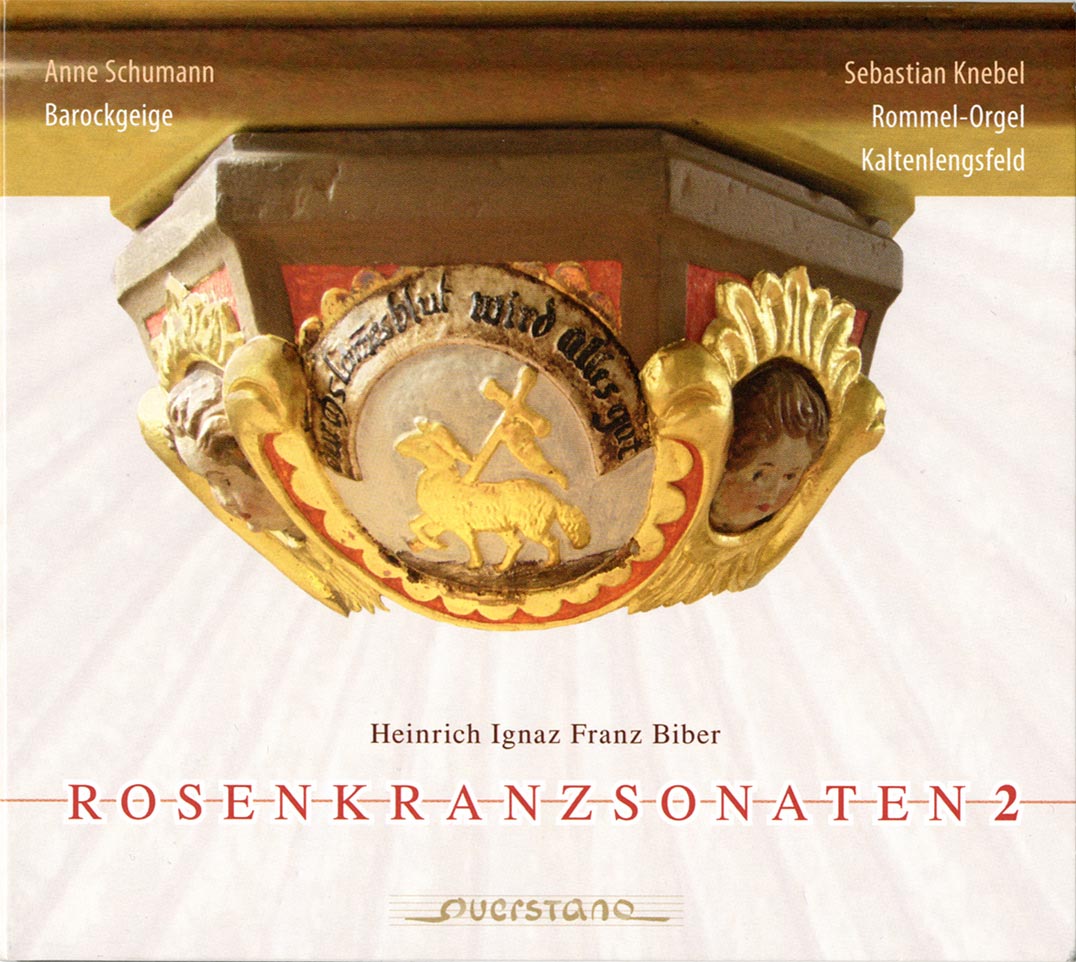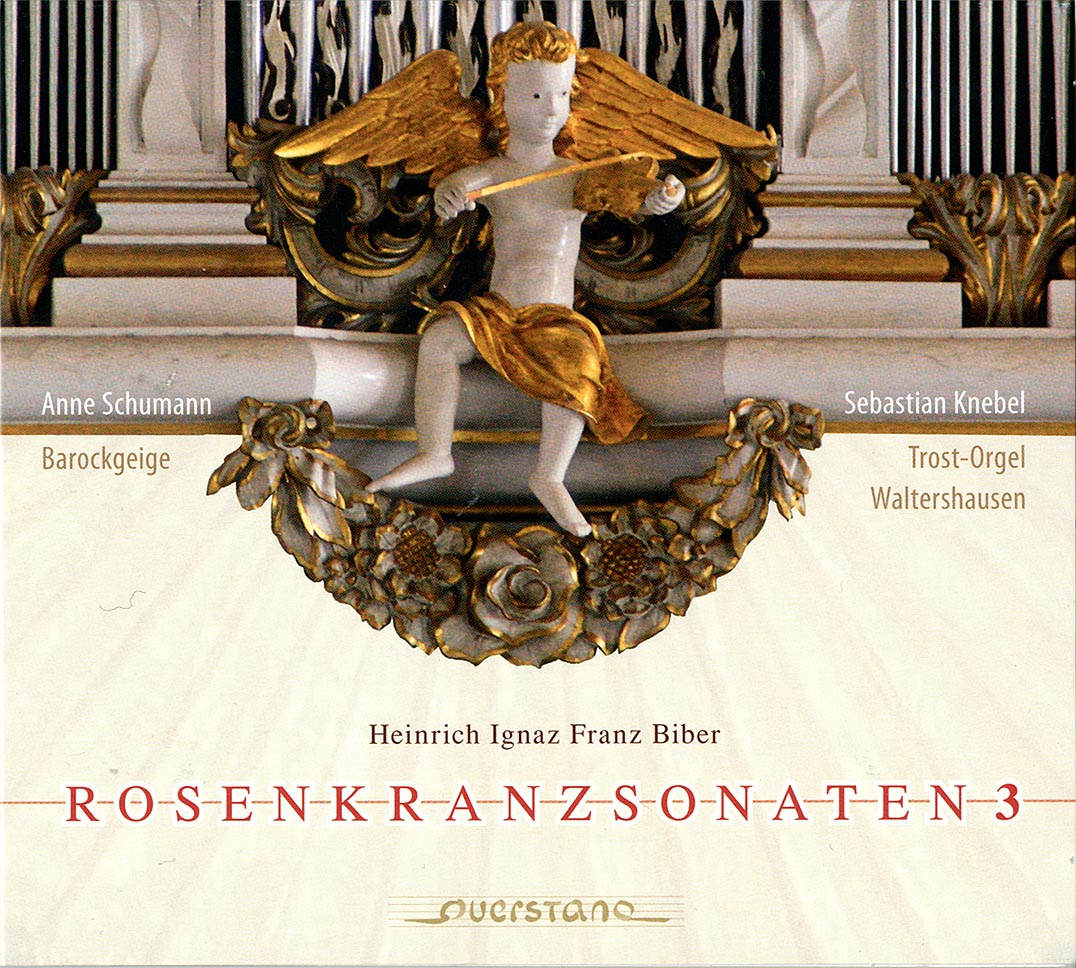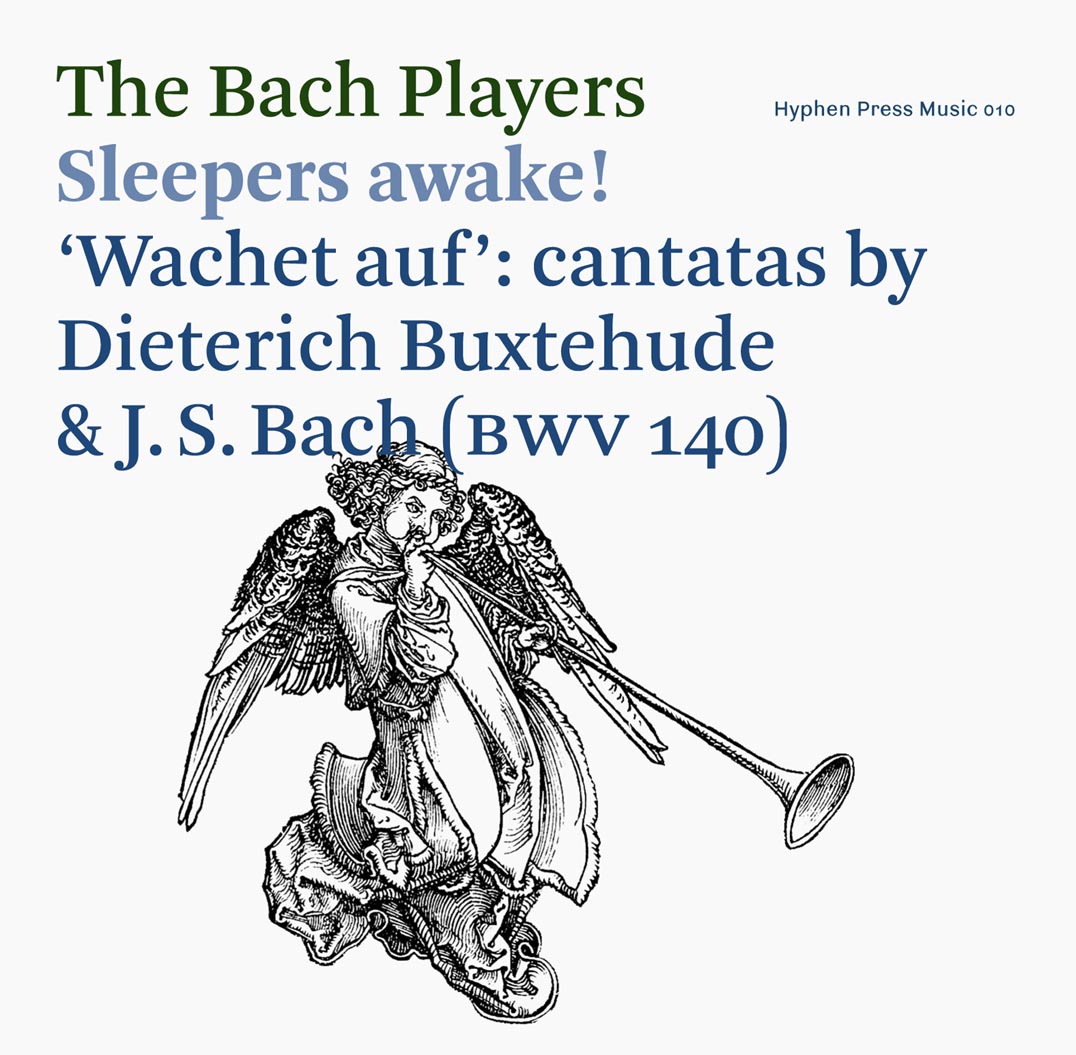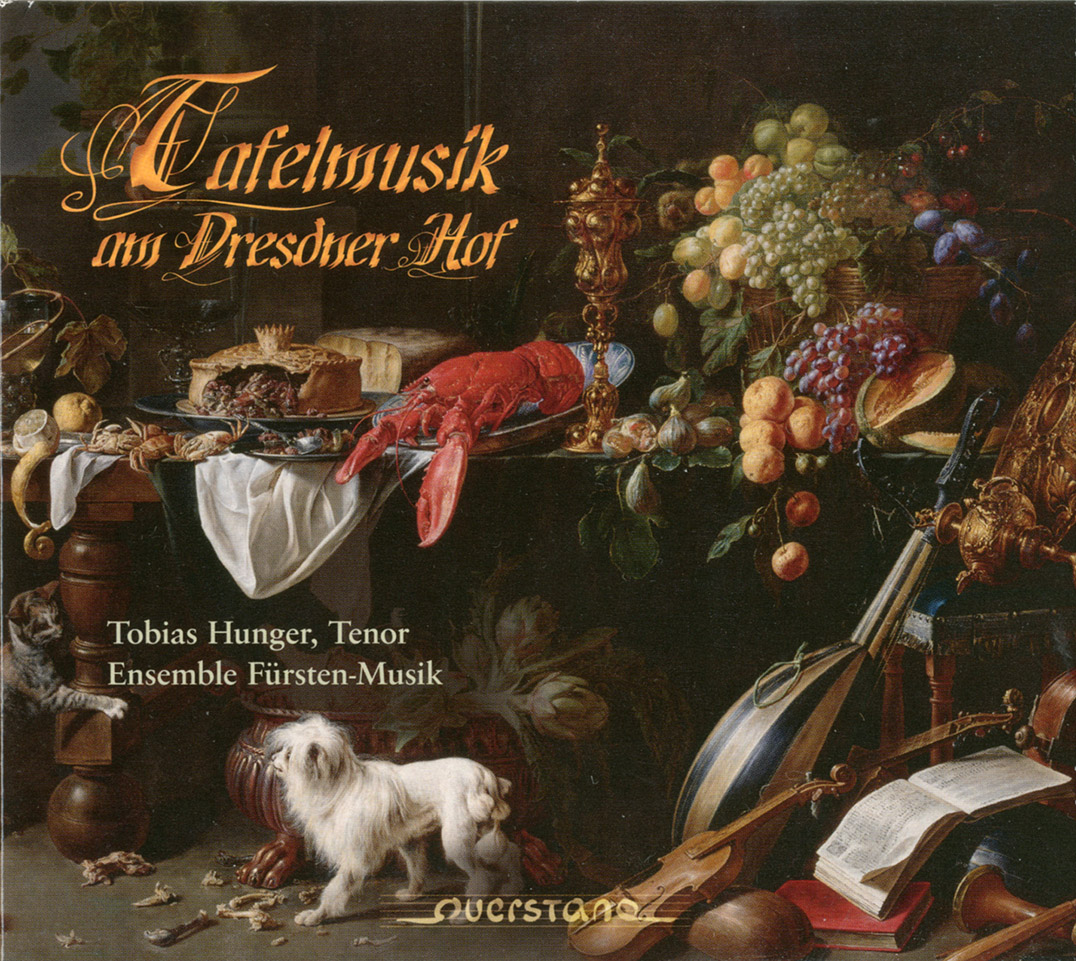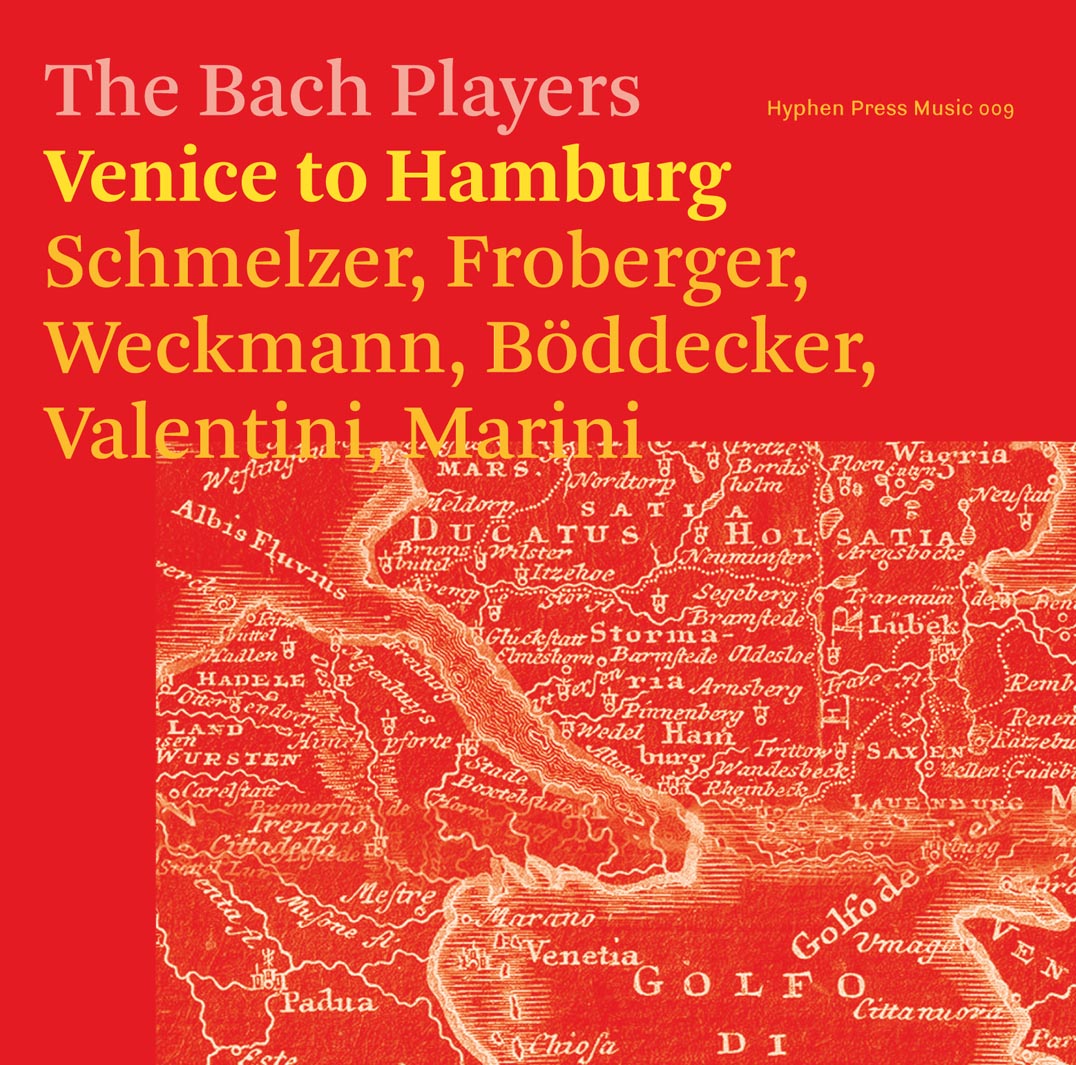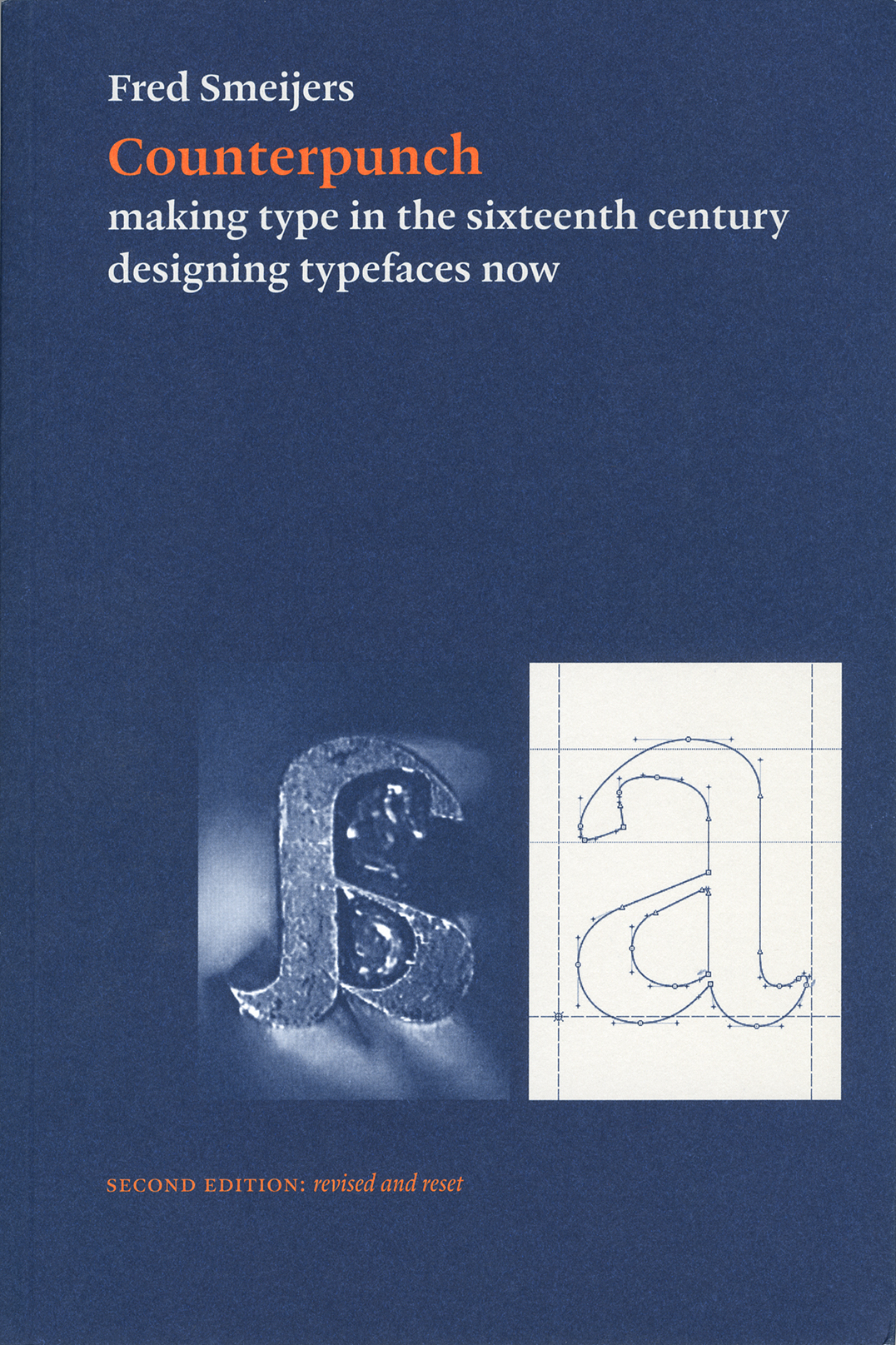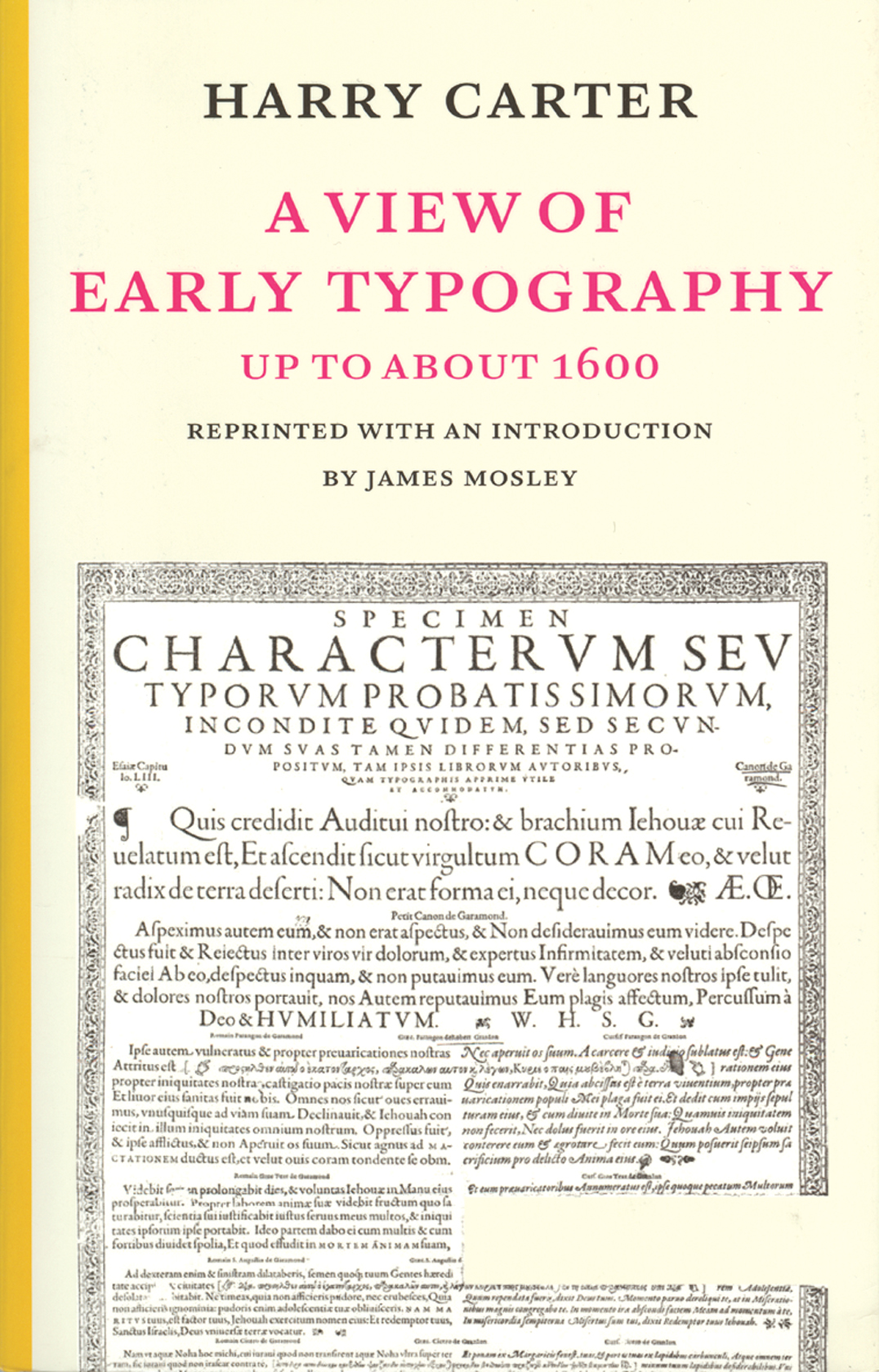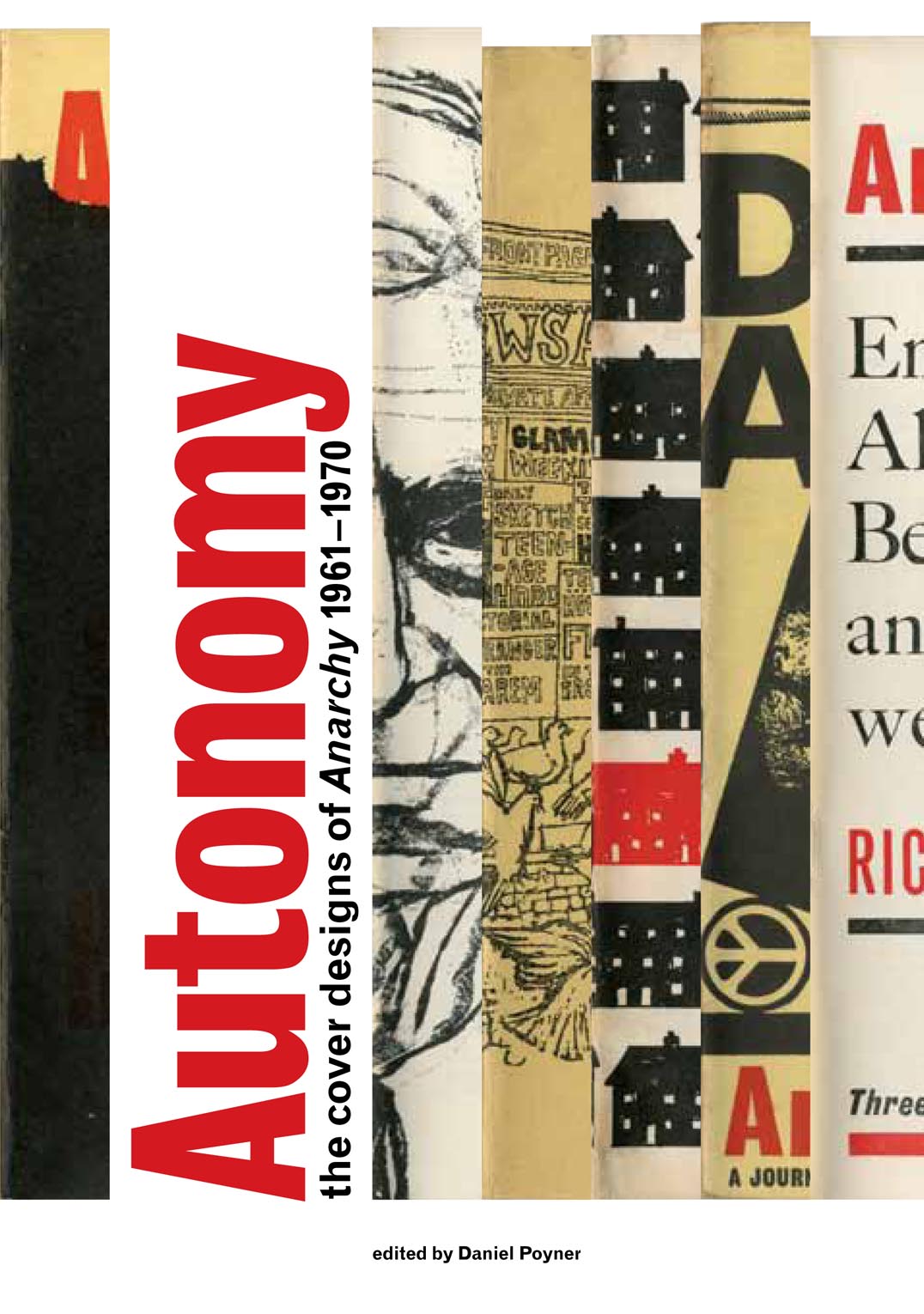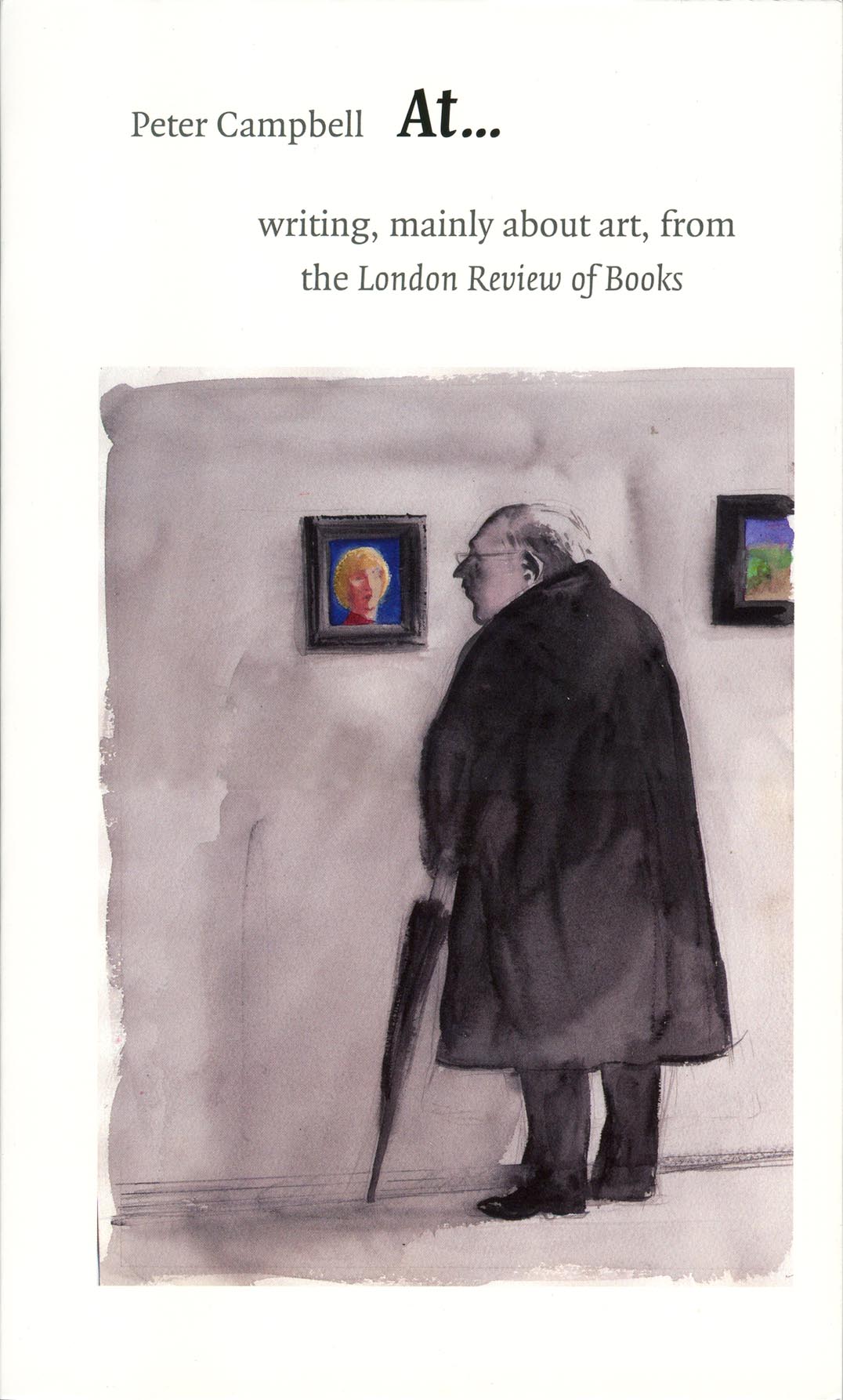What is a designer: things, places, messages
Hyphen Press /
This long-established title shows powers of self-renewal, as new young readers find in it a stimulus to thought and action unavailable from more showy, duller items. An urgent book, it combines high-flown generalities with often striking specificity of reference. It addresses especially students at further education level in every design discipline, including architecture.
Unjustified texts
Hyphen Press /
A book of writings from twenty-five years of engagement on the peripheries of both journalism and academic life, and drawn largely from small-circulation and now hard-to-access publications. Persistent themes include: editorial typography, the emergence of graphic design in Britain, emigré designers, Dutch typography, the work of critical modernist designers.
Typography papers 9
Hyphen Press /
This latest issue of the series of Typography papers opens with a beautifully illustrated article by the type designer Gerard Unger on ‘Romanesque’ letters. A further installment of Eric Kindel’s pathbreaking history of stencil letters is published in contributions by him, Fred Smeijers, and James Mosley. Maurice Göldner writes the first history of an early twentieth-century German typefounder, Brüder Butter. William Berkson and Peter Enneson recover the notion of ‘readability’ through a history of the collaboration between Matthew Luckiesh and the Linotype Company. Paul Luna discusses the role of pictures in dictionaries. Titus Nemeth describes a new form of Arabic type for metal composition. The whole gathering shows the remarkable variety and vitality of typography now.
Typography papers 7
Hyphen Press /
This occasional, book-length work is edited and produced at the Department of Typography, University of Reading, and is now published by Hyphen Press. It publishes extended articles on its subject, exploring topics to the length to which they want to go. Its scope is broad and international, its treatment – serious and lively.
Typography papers 6
Hyphen Press /
This occasional, book-length work is edited and produced at the Department of Typography, University of Reading, and is now published by Hyphen Press. It publishes extended articles on its subject, exploring topics to the length to which they want to go. Its scope is broad and international, its treatment – serious and lively.
Type spaces: in-house norms in the typography of Aldus Manutius
Hyphen Press /
The books of Aldus Manutius possess an enduring appeal, for their sense of order and visual-semantic structure. After intensive examination of some Aldine books, Burnhill proposes a hypothesis about the co-ordination of the dimensions in type in this printing. It seems that a system of typographic measurement informed this work, two hundred years before such a system was made explicit in printing.
Type now: a manifesto, plus work so far
Hyphen Press /
A short and strong statement of position by a type designer. The book takes a wide view, taking in the business of present-day font production, and the technics and the ethics of type as software. As always, Smeijers’s arguments are informed by a strong historical sense. The book also shows his own work as a designer, and is published as a conclusion to the award to him of the Gerrit Noordzij Prize.
Typeform dialogues
Hyphen Press /
We are publishing here materials from the ‘Typeform dialogues’ project carried out at Central Saint Martins College of Art & Design, London, in 1994–8 and afterwards. This is the second edition of the document first published on this website in 2012. The main change in this new edition is the addition of essays by Eric Kindel (‘Eminents observed’) and Catherine Dixon (‘Systematizing the platypus’). As in the first edition, the document contains the User’s Manual for the CD-based interface, which was the project’s main focus, together with various supporting materials that describe the project. The work is edited by Eric Kindel, with contributions throughout from Catherine Dixon.
The transformer: principles of making Isotype charts
Hyphen Press /
The visual work of Otto Neurath and his associates, now commonly known as Isotype, has been much discussed in recent years. This short book explains its essential principles: the work of ‘transforming’, or putting information into visual form. This deeper level of their work – which is applicable in all areas of design – is routinely neglected in the assumption that Isotype is just a matter of symbols and pictograms. At the core of the book is a previously unpublished essay by Marie Neurath, the principle Isotype transformer, which she wrote in the last year of her life. This is supplemented by Robin Kinross with commentary on illustrated examples of Isotype and other supporting short essays.
The stroke: theory of writing
Hyphen Press /
This is the first English-language edition of a major piece of thinking about writing (in its visual manifestation). Noordzij’s short and powerful text, illustrated with his own diagrams and examples, is the best exposition of a theory that is making a still growing impact on designers, and on those thinking about writing and letters.
The real thing: essays on making in the modern world
Hyphen Press /
Over thirty years, Tanya Harrod has written on craft for newspapers, magazines, and journals. As these essays show, there are no boundaries in her vision: art is considered in the light of craft, and craft in the light of art; design is present too – developing and sometimes separating from craft and art. In part these essays document the development of these shifts, looking always at the particular, vivid embodiment. The real thing is a surprising and substantial contribution to the literature of ‘making’.
Sugar in the air
Hyphen Press /
This is the novel first published in 1937 in London. We are publishing facsimile editions of this book and its sequel, Asleep in the afternoon. A third book, God’s amateur: the writing of E.C. Large is being published alongside the two novels, as a companion.
Richard Hollis designs for the Whitechapel: a graphic designer and an art gallery in twentieth-century London
Hyphen Press /
Richard Hollis was the graphic designer for London’s Whitechapel Art Gallery in the years 1969–73 and 1978–85. In this second period, under the directorship of Nicholas Serota, the gallery came to the forefront of the London art scene, with pioneering exhibitions of work by Georg Baselitz, Anselm Kiefer, Joseph Cornell, Philip Guston, Frida Kahlo and Tina Modotti, among others. Hollis’s posters, catalogues, and leaflets, conveyed this sense of discovery, as well as being models of practical graphic design. The pressures of time and a small budget enhanced the urgency and richness of their effects. Christopher Wilson’s monograph is an exemplary examination of a body of graphic design. This book matches the spirit of the work it describes: active, passionate, aesthetically refined, and committed to getting things right. As in Hollis’s work, ‘design’ here is a verb as much as a noun.
Printed matter / Drukwerk
Hyphen Press /
The work of Karel Martens occupies an intriguing place in the present European art-and-design landscape. Martens can be placed in the tradition of Dutch modernism – in the line of figures such as Piet Zwart, H.N. Werkman, Willem Sandberg. Yet he maintains some distance from the main developments of our time: from both the practices of routinized modernism and of the facile reactions against this. His work is both personal and experimental. At the same time, it is publicly answerable. Over the now 50 years of his practice, Martens has been prolific as a designer of books. He has also made contributions in a wide range of design commissions, including stamps, coins, signs on buildings. Intimately connected with this design work has been his practice as an artist. This started with geometric and kinetic constructions, and was later developed in work with the very material of paper; more recently he has been making relief prints from found industrial artefacts. This book looks for new ways to show and discuss the work of a designer and artist, and is offered in the same spirit of experiment and dialogue that characterizes the work it presents.
Paul Renner: the art of typography
Hyphen Press /
The work and life of this German type and book-designer are, for the first time, presented at length and with full historical documentation. Renner lived through the first half of the twentieth century, and this book is, in effect, a history of typography in Germany in those years. It also speaks to present concerns in design, and especially to the search for a rationality deeper than one of easy rules of style.
Morton Feldman says: selected interviews and lectures 1964–1987
Hyphen Press /
This is a book of thinking aloud – about music, about art, about making work, about life. Feldman was a wonderful talker, and much of the qualities of his conversation are captured in this book, both in its text and in its photographs. The book is essentially a documentary, with something of the same spirit as our Anthony Froshaug.
Modern typography in Britain: graphic design, politics, and society (Typography papers 8)
Hyphen Press /
This remarkable volume is a collection of eleven essays and shorter articles which for the first time provide rich contexts – social, cultural, and political – for graphic design in Britain. Reaching from the Second World War to the early 1970s, they fizz with provocative interconnections: between print culture, photojournalism and publishing, the London of émigrés, political meetings and demonstrations, cultural cafés and art schools. From these disparate milieux emerged new ideas about designing: configuring and picturing the world of facts and processes, shaping them for understanding, learning, and action. Presented here are documents of the nation’s life in war, its reconstruction through the passages from scarcity to plenty, the seeds of later fragmentation, always fertile with multiple intersections between biography and history.
Modern typography: an essay in critical history
Hyphen Press /
A brisk tour through the history of Western typography, from the time (c.1700 in France and England) when it can be said to have become ‘modern’. A spotlight is directed at different cultures in different times, to trace the developments and shifts in modern typography. Attention is given to ideas, to social context, and to technics, thus stepping over the limited and tired tropes of stylistic analysis. This is a reprint of the second edition, which has some variations in the pictures as well as corrections and updatings in the text.
Models & Constructs: margin notes to a design culture
Hyphen Press /
The author was a ‘maker’ – in words as well as in materials – and, now that he is dead, this book must be his testament. It is an account of his life and work, assembling particular events and their material outcomes within a large vision of life. It is the work of a believer in material and existential presence, in form, in continuity, in change.
Karel Martens: counterprint
Hyphen Press /
Now that stocks of Karel Martens: printed matter are exhausted, we have published a short book that shows some of the uncommissioned printed work of Martens, with an essay on ‘The world as a printing surface’ by Elliman. This is very much an object-book, in which the work is not so much reproduced as bodied forth.
Jazzpaths: an American photomemento
Hyphen Press /
David Wild’s ‘photomemento’ tells an Englishman’s story lived to a soundtrack of jazz. At its heart are photographs made during a two-year stay in America in the mid-1960s, on a passage through New York, Chicago, Detroit, St Louis, New Orleans. These pictures, in turn, formed the basis of photomontages. Jazzpaths is a partial document of the jazz scene of that time, mixing remarkable pictures of musicians with biting images of life on the streets.
Isotype: design and contexts, 1925–1971
Hyphen Press /
The work in graphic communication carried out by Otto Neurath and his associates – now commonly known simply as Isotype – has been the subject of much interest in recent years. Conceived and developed in the 1920s as ‘the Vienna method of pictorial statistics’, this approach to designing information had from its inception the power to grow and spread internationally. Political developments in Europe played their part in its development, and production moved to the Netherlands (1934) and to England (1940), where the Isotype Institute continued to produce work until 1971. Bringing together the latest research, this book is the first comprehensive, detailed account of its subject. The Austrian, Dutch, and English years of Isotype are described here freshly and extensively. There are chapters on the notable extensions of Isotype to Soviet Russia, the USA, and Africa. Isotype work in film and in designing for children is fully documented and discussed. Between these main chapters the book presents interludes documenting Isotype production visually. Three appendices reprint key documents. In its international coverage and its extensions into the wider terrain of history, this book opens a new vista in graphic design.
Human space
Hyphen Press /
Human space is an English translation of one of the most comprehensive studies of space as we experience it. Since it was published in Germany in 1963, Bollnow’s text has become a key reading in architecture, anthropology, and philosophy, and has been kept continuously in print (in 2010 the German edition was issued in its eleventh impression). The book is serious academic research and something more – showing a great sensitivity to the near and the everyday. The text is enlivened and illustrated with many quotations, principally from German and English literature. Our edition is translated by Christine Shuttleworth and has an afterword by Joseph Kohlmaier, who places the work in its context of philosophical and architectural discussion.
God’s amateur: the writing of E.C. Large
Hyphen Press /
A book of and about E.C. Large, which contains a selection of his shorter writings – travel essays, reportage, reveries, reviews, critiques, autobiographical pieces – and which reveals the extent of his achievement. These show a notably exact writer, with sane no-nonsense views, and yet with great imagination. Some unpublished texts are shown in facsimile. Also here is a bibliography of his published writings (both ‘literary’ and scientific), and an essay by Stuart Bailey, which sees his work with present-day eyes.
From hieroglyphics to Isotype: a visual autobiography
Hyphen Press /
Otto Neurath wrote From hieroglyphics to Isotype during the last two years of his life: this is the first publication of the full text, carefully edited from the original manuscripts in the Otto & Marie Neurath Isotype Collection at the University of Reading. Calling it a ‘visual autobiography’, Neurath documents the importance to him of visual material, from his earliest years to his professional activity with the picture language of Isotype. He draws clear connections between the stimulus he received as a boy – from illustrated books, toys, and exhibitions – to the considered work in visual education that occupied him for the last twenty years of his life. This engaging and informal account gives a rich picture of Central-European culture around the turn of the twentieth century, as well as an exposition of the techniques of Isotype. The edition includes the numerous illustrations intended by Neurath to accompany his text, and is completed by an extensive appendix showing examples from the rich variety of graphic material that he collected.
Fragments of utopia: reflections of heroic modernism
Hyphen Press /
A set of collages made from mainly contemporary sources, which recount episodes in modernist architecture in the twentieth century. This is a story of a fragile and occasionally noble dream, in the context of a history going violently wrong. These images are supplemented by short parallel prose meditations. Wild’s images have a wonderful rightness of form. But they are far from idealized: politically charged, they have a disconcerting sense of erotics and low humour.
Edward Wright: readings, writings
Hyphen Press /
Born to South American parents, British citizen, cosmopolitan at heart, Edward Wright – painter and object-maker, typographer, writer, teacher – was an enigmatic presence in London’s post-War art and design scene. Wright has been described thus: ‘His subjects: human communication, the mundane, the street. His manner: sparing, self-critical, yet the work had vigorous attack and full conviction. His typical method: assemblage, with what was to hand.’
All the Bach Players’ CDs
Hyphen Press / 2022.08.20
The complete set of twelve Bach Players’ CDs on Hyphen Press Music can be bought for a much reduced price of £50 (bought singly they will cost £65). Designed to form a series, and in distinctive card packets, they occupy less space and are noticeably lighter in weight than a row of conventionally plastic-boxed CDs. (The two later Bach Players CDs, of music by Jacquet de La Guerre and Clérambault, are not part of this set.)
An Italian in Paris
Hyphen Press /
In France at the end of the seventeenth century Corelli’s influence was enormous. The more rational, formal French style had been dominated by Lully; French composers had to admit secretly to liking the more emotional Italian style. This rich banquet of private music composed for Louis XIV shows the first experiments in France with the Italian style. The disc concludes with what has been claimed as the first French sonata, an extraordinary work composed by Charpentier for eight instruments.
Bach and before
Hyphen Press /
When J.S. Bach was given the post of Kantor at the Thomasschule in Leipzig he joined a long line of musicians in this position, among them Schein, Schelle, and Kuhnau. This disc provides recordings of their treatments of texts that Bach would also set, and demonstrates the extraordinary strength and beauty of German church music of those times. It concludes with the first cantata that Bach wrote after his Leipzig appointment. ‘Die Elenden sollen essen’ is a master-work, notable for its virtuosic trumpet part. This is a show-piece, and a fitting debut for his work at St Thomas’s.
Bach and his rivals
Hyphen Press /
This double CD presents two sets of cantatas by three composers: Telemann, Graupner, and J.S. Bach. The first disc has cantatas composed in 1722–3 as audition pieces for the job of Kantor at the Thomasschule in Leipzig. Both Telemann and Graupner were attractive and likely candidates, as these works prove. Bach – despite his subsequent glory – was the outsider. The second disc gives us cantatas by the same three composers a year later, composed for the same Sunday, 30 January 1724. The gospel reading for that day tells the story of Jesus stilling the storm at sea: the music reaches dramatic heights. These cantatas, with the addition of instrumental works by Telemann and Graupner, paint a substantial picture of music in Germany at that moment.
Bach arranging and arranged
Hyphen Press /
What happens when great composers arrange each other’s works? J.S. Bach gave Pergolesi’s Stabat Mater a new text and a new viola part, making a fresh piece that speaks both of Germany and Italy. This performance features singers Rachel Elliott and Sally Bruce-Payne.
Mozart gave string players the pleasure of playing fugues from the Well-tempered Clavier II – fresh arrangements by The Bach Players complete the set of all the four-part fugues from this work.
Bach’s library
Hyphen Press / 2022.08.19
This is a selection of pieces that J.S. Bach had in his library and which provide a context for his celebrated Orchestral Suite in B minor. Some of these works J.S. Bach copied in his own hand (Dieupart, Johann Bernhard Bach, and Steffani), and one exists in his brother Christoph’s hand (Alcide by Marais, in arrangement for harpsichord). The Bach Players provide a perfect entertainment and throw light on the importance of the French style to J.S. Bach and his German contemporaries.
Élisabeth Jacquet de La Guerre: chamber music from the Brossard collection
Hyphen Press /
Élisabeth Jacquet de La Guerre (1665–1729) is often introduced as a ‘woman composer’, but as the music here shows, she transcends any category. Her work displays drama, intensity, and great artistic subtlety. No wonder that Évrard Titon du Tillet in his Parnasse français (1732) gave her a place on Mount Parnassus alongside Lully, Marais, Louis and François Couperin. A child prodigy, as a teenager she enjoyed a place as a harpsichordist in the court of Louis XIV. Later she composed works for public performance, including ballet, opera, and cantatas, as well as more private chamber music.
Every one a chaconne
Hyphen Press /
This programme is centred on the chaconne: you will hear how Henry Purcell and J.S. Bach join hands in this much-loved dance form of the seventeenth and eighteenth centuries. Of the few works of Philipp Heinrich Erlebach that survive, we perform a suite that concludes with a chaconne. The two Bach cantatas are contrasting: BWV 150 is said to be Bach’s earliest surviving cantata, BWV 78 was composed in Leipzig at the height of his career.
Italy versus France
Hyphen Press /
Italian or French? Jean Baptiste Lully and Arcangelo Corelli were the champions of these two musical styles – and the main subjects of the many attempts to establish which style was better. Or could the two styles be united? This programme paints a musical picture of the later seventeenth and early eighteenth centuries in Europe, through the music of Corelli, Lully, and their contemporaries. Chief among the reconcilers was the organist and composer Georg Muffat. German but of Scottish ancestry, it was he who introduced both styles to Germany. Also included are Rebel’s homage to Lully and Couperin’s to Corelli. In this vivid recording The Bach Players bring history to life.
Jacob Kirkman: lessons and sonatas
Hyphen Press /
This recording features the nearly forgotten composer Jacob Kirkman (1746–1812), a nephew of the famous London harpsichord maker of the same name. His delightful lessons and sonatas are representative of the musical taste in post-Handelian London. Medea Bindewald plays a 1756 double manual harpsichord by the composer’s uncle Jacob Kirckman and a 1795 square piano by Broadwood & Son, both from the Finchcocks Collection in Kent, England. The variety of different sounds presented on this CD is enhanced by including Kirkman’s works written in the unique and nowadays much-neglected genre of keyboard repertoire with a violin accompaniment, played here by Nicolette Moonen. This is one of the very last recordings made at Finchcocks Musical Museum before its closure.
Jacques Duphly: pièces de clavecin
Hyphen Press /
Paris in the mid eighteenth century: the harpsichord was one of the leading solo instruments in the court of Versailles and in the salons of the nobility and bourgeoisie; there was a boom in the manufacture of large, sonorous harpsichords. In 1742 the former organist Jacques Duphly settled in Paris and, from then on, devoted himself exclusively to this instrument. He rapidly gained a reputation as one of the finest players and teachers in the city, praised for his delicate touch and graceful playing style.
Musical offering
Hyphen Press /
‘The orator and the musician have essentially the same aim: namely, to make themselves masters of the heart of their listeners, to arouse or still their passions, and to transport them now to this sentiment, now to that. Thus it is to the advantage of both, if each has some knowledge of the duties of the other.’ (Johann Joachim Quantz)
This recording brings together two wonderful demonstrations of the art of rhetoric: a trio sonata by Dieterich Buxtehude and J. S. Bach’s Musical offering. Bach’s work, written for and dedicated to the flute-playing Frederick the Great, is among his most haunting and enigmatic. The movements are played here not in the order often employed, but in a sequence that reflects their rhetorical unfolding.
Musik für viola d’amore
Hyphen Press /
Simply put, the viola d’amore is a violin whose strings are underlaid by a set of resonating metal strings: when the bow is drawn across the main strings, these subsidiary strings are set in sympathetic motion, producing the characteristic silvery, glistening sound of the instrument. In the ‘age of the viola d’amore’ – from about 1680 to 1800 – this sound was highly prized: its yearning, aching quality provided an exact expression of the ‘naked, inflamed, fluttering heart’ of the ‘age of feeling’. This programme gathers ‘divertissements’ from southern Germany, largely from the collection of the Dresden concert master Georg Pisendel. As Anne Schumann writes, the viola d’amore is not an instrument for a virtuoso: it is for somebody who loves sound.
Nicolas Clérambault: chamber music from the Brosssard collection
Hyphen Press /
Nicolas Clérambault (1676–1749) is known as an organist and composer of many large-scale sacred and secular works in the France of Louis XIV and Louis XV – and he also wrote chamber music. This CD gathers chamber works that were collected and copied by the composer and theorist Sébastien de Brossard (1655–1730). These pieces were not published in Clérambault’s lifetime, perhaps because he was writing in the controversial Italian style. We owe their survival to Brossard.
Nun komm! French overtures by German composers
Hyphen Press /
The Bach Players explore the form of the French overture in two cantatas by J.S. Bach: the thrilling Advent cantata ‘Nun komm der Heiden Heiland’ (BWV 61), from his Weimar years, and ‘In allen meinen Taten’ (BWV 97) from his later years in Leipzig. They play a dance suite by Philipp Heinrich Erlebach, opening with another French overture. To complete the disc, Heinrich Isaac’s beautiful ‘Innsbruck ich muß dich lassen’, which provides the choral melody for cantata 97, is sung a capella, and is played in two instrumental settings.
Pachelbel and Bach: canons and cantatas
Hyphen Press /
This is a double CD. Each disc presents cantatas set by both Pachelbel and Bach: ‘Christ lag in Todesbanden’ and ‘Was Gott tut, das ist wohlgetan’. In the first case the older composer’s influence on Bach’s writing is very clear; in the second, we hear the mature Bach. Also on the discs: Pachelbel’s beautiful Canon and two of his sacred concertos; J.S. Bach’s stirring cantata for solo alto voice ‘Widerstehe doch der Sünde’, and an arrangement of the lesser known canons from the Goldberg Variations.
Rosenkranzsonaten 1
Hyphen Press /
Heinrich Ignaz Franz Biber (1644–1704) wrote his Rosary (or Mystery) Sonatas when he was working in the service of the Archbishop Max Gandolph von Kuenburg in Salzburg, to whom they are dedicated. These rich and complex pieces may now be part of a Baroque violinist’s repertoire, but they have never been recorded like this before. Anne Schumann and Sebastian Knebel play the pieces in the village church of Friedelshausen (Thüringia) and we hear the violin and the church’s organ in their full glory – the sound filling the space of the building. Schumann sees the Rosary sonatas as a collection of short stories: ‘With a violin I tell and paint the secrets of the rosary. The stories are meant to please but also stir, and encourage prayer and meditation.’ This is the first of a set of three CDs of the 15 Rosary sonatas (and the Passacaglia for solo violin), each recorded in a different Thüringian church, and each including a work for organ that shows the unique qualities of these church instruments.
Rosenkranzsonaten 2
Hyphen Press /
Heinrich Ignaz Franz Biber (1644–1704) wrote his Rosary (or Mystery) Sonatas when he was working in the service of the Archbishop Max Gandolph von Kuenburg in Salzburg, to whom they are dedicated. These rich and complex pieces may now be part of a Baroque violinist’s repertoire, but they have never been recorded like this before. Anne Schumann and Sebastian Knebel play the pieces in the village church of Kaltenlengsfeld (Thüringia) and we hear the violin and the church’s organ in their full glory – the sound filling the space of the building. Schumann sees the Rosary sonatas as a collection of short stories: ‘With a violin I tell and paint the secrets of the rosary. The stories are meant to please but also stir, and encourage prayer and meditation.’ This is the second of a set of three CDs of the 15 Rosary sonatas (and the Passacaglia for solo violin), each recorded in a different Thüringian church, and each including a work for organ that shows the unique qualities of these church instruments.
Rosenkranzsonaten 3
Hyphen Press /
Heinrich Ignaz Franz Biber (1644–1704) wrote his Rosary (or Mystery) Sonatas when he was working in the service of the Archbishop Max Gandolph von Kuenburg in Salzburg, to whom they are dedicated. These rich and complex pieces may now be part of a Baroque violinist’s repertoire, but they have never been recorded like this before. Anne Schumann and Sebastian Knebel play the pieces in the village church of Waltershausen (Thüringia) and we hear the violin and the church’s organ in their full glory – the sound filling the space of the building. Schumann sees the Rosary sonatas as a collection of short stories: ‘With a violin I tell and paint the secrets of the rosary. The stories are meant to please but also stir, and encourage prayer and meditation.’ This is the third of a set of three CDs of the 15 Rosary sonatas (and the Passacaglia for solo violin), each recorded in a different Thüringian church, and each including a work for organ that shows the unique qualities of these church instruments.
Sleeepers awake!
Hyphen Press /
Behind J.S. Bach stood Dietrich Buxtehude, the pre-eminent German composer of the seventeenth century and now unfairly neglected. In this recording The Bach Players reunite the two composers, featuring their settings of the text ‘Wachet auf, ruft uns die Stimme’ (Sleepers awake! The voice calls us). The text uses the parable, from Matthew’s gospel, of the wise and foolish virgins at the wedding feast. One of Buxtehude’s settings (BuxWV 100) is remarkable for its four violin parts, used as if they were trumpets. Also on the disc: Buxtehude’s glorious chaconne-form sacred concerto ‘Quemadmodum desiderat cervus’, for solo tenor voice and two violins, and a trio sonata for two violins, viola da gamba, and harpsichord. A sonata by Erlebach gives us the chance to hear the piccolo violin, which Bach deploys in his ‘Wachet auf’. As always in the Bach Players’ recordings, the sequence of pieces is imaginatively conceived and full of variety.
Tafelmusik am Dresdner Hof
Hyphen Press /
This is the first recording of all six suites of the Musicalischen Taffel-Bedienung by Johann Wilhelm Furchheim, an important violinist at the court in Dresden. Furchheim, who knew Heinrich Schütz, became the Konzertmaster of the Dresdner Hofkapelle, working alongside famous violinist such as Johann Jakob Walter and Johann Paul Westhoff. Most of Furchheim’s compositions are lost, but among the surviving manuscripts, the trio sonata in E minor is an extraordinary piece, which shows Furchheim as a composer for virtuoso violins. The CD also includes 4 songs by Adam Krieger, a friend of Furchheim, who wrote the ritornelli of those songs after Krieger’s early death.
Venice to Hamburg
Hyphen Press /
Hear how the Italian ‘stylus fantasticus’ crossed the Alps to the centres of Habsburg culture, then on north to Hamburg, with music by Valentini, Schmelzer, Weckmann, and others. Venice to Hamburg centres on pieces for an unusual combination of instruments – violin, cornetto, sackbut (trombone), dulcian (bassoon), and basso continuo – improvisatory in character, and jazz-like also in the way that each instrument is in turn given a solo spot. A warning: this CD contains ear-worms!
Counterpunch: making type in the sixteenth century, designing typefaces now
Hyphen Press / 2022.08.16
Counterpunch is packed with ideas. It is both an investigation into the technics of making metal type by hand, and a consideration of present questions in type design. The discussion takes in the fundamentals of designing and making letters, so that the book can be read as a guide to type and font construction in any medium. Lively, pointed drawings and photographs complement an equally fresh text.
A view of early typography: up to about 1600
Hyphen Press /
A reprint of this long-out-of-print and now classic work, which summarizes what can be known about the production and use of type in the first 150 years of printing. Originally a set of lectures, the book is an informal discourse by a master of his topic. The argument is illustrated with a large gathering of pictures. A new introduction by James Mosley explains the significance of the book and gives a short account of Carter’s life and work.
Autonomy: the cover designs of Anarchy, 1961–1970
Hyphen Press /
Anarchy was a journal of ideas published in London in the 1960s. Although its contributors were many and diverse, Anarchy was essentially the creation of one person, Colin Ward (1924–2010). With this journal, and throughout his work as a writer, editor, and activist, Ward proposed the idea that anarchist principles of mutual aid and autonomous organization outside a centralized state can be achieved here and now. This book gives attention for the first time to the covers of Anarchy, designed mostly by Rufus Segar. These little-known works provided the enticing entry to the plain text pages of the journal. The book reproduces all of the covers in a sequence that suggests, incidentally, something of the history of graphic design in Britain in those years. And it goes beyond the images, with an array of supporting texts that give a full picture of Anarchy and its context.
At …: writing, mainly about art, for the London Review of Books
Hyphen Press /
For over ten years Peter Campbell has reviewed art exhibitions for the London Review of Books. His writing is distinctive: often closely descriptive, always inquisitive about technique, it is the product of an independent mind and eye. Easy evaluations are resisted: we are invited to consider the work on show in its present place – ‘at’ the museum or gallery to which the critic has travelled on our behalf. This generous selection of reviews covers a wide range of subjects, from Bellini and Titian to Lucian Freud and Louise Bourgeois, from Hawksmoor to Libeskind. Blockbusting shows are noticed, but so too are exhibitions of unfashionable artists, of photographers and applied artists. Reviews of buildings and pieces on the everyday urban scene add another dimension to this book. Campbell is a typographer and book designer, and is also the draftsman of the London Review‘s covers. His writing is of a piece with these accomplishments.
Asleep in the afternoon
Ash / 2022.07.18
This is the novel first published in 1938 in London. We are publishing facsimile editions of this book and its precursor, Sugar in the air. A third book, God’s amateur: the writing of E.C. Large is being published alongside the two novels, as a companion.
Active literature: Jan Tschichold and New Typography
Ash / 2022.07.12
In the first book on Tschichold to be based on extensive archive research, Burke turns fresh and revealing light on his subject. He sets Tschichold in the network of artists and designers who constituted New Typography in its moment of definition and exploration, and puts new emphasis on Tschichold as an activist collector, editor and writer. Tschichold’s work is shown in colour throughout, in freshly made photographs of examples drawn from public and private collections. This is not a biography, but rather a discussion of the work seen in the context of Tschichold’s life and the times in which he lived.
Anthony Froshaug: Typography & texts / Documents of a life
Hyphen Press / 2000.10.12
Presents the work and life of this essential typographer, until now too little known outside the circle of his friends and students. Froshaug was a deep and charismatic thinker-practitioner, whose insights return us to the fundamentals of typography. The book consists of two interacting volumes: the solid record of the work is placed against the contingencies of the life. A traditional monograph is unsettled by an exploration in documentary.
